The iPhone has always been a powerful device, but like many smartphones, that power is always tested when it comes to gaming. Of course, there are plenty of games that run smoothly on the iPhone, especially those either designed specifically for iOS or optimized for it under the Apple Arcade ecosystem. Recently, however, the chance for emulators and emulated games to run on iPhones has become more feasible, which puts game controllers under a microscope. Although these have been around for years now, the large majority of them felt inconvenient, clunky, and less ideal for gaming on the go. This upcoming design tries to address those concerns from a different angle, and it takes inspiration from sliders like the PSP Go or, closer to home, the Xperia Play.
Designer Name: Josh King
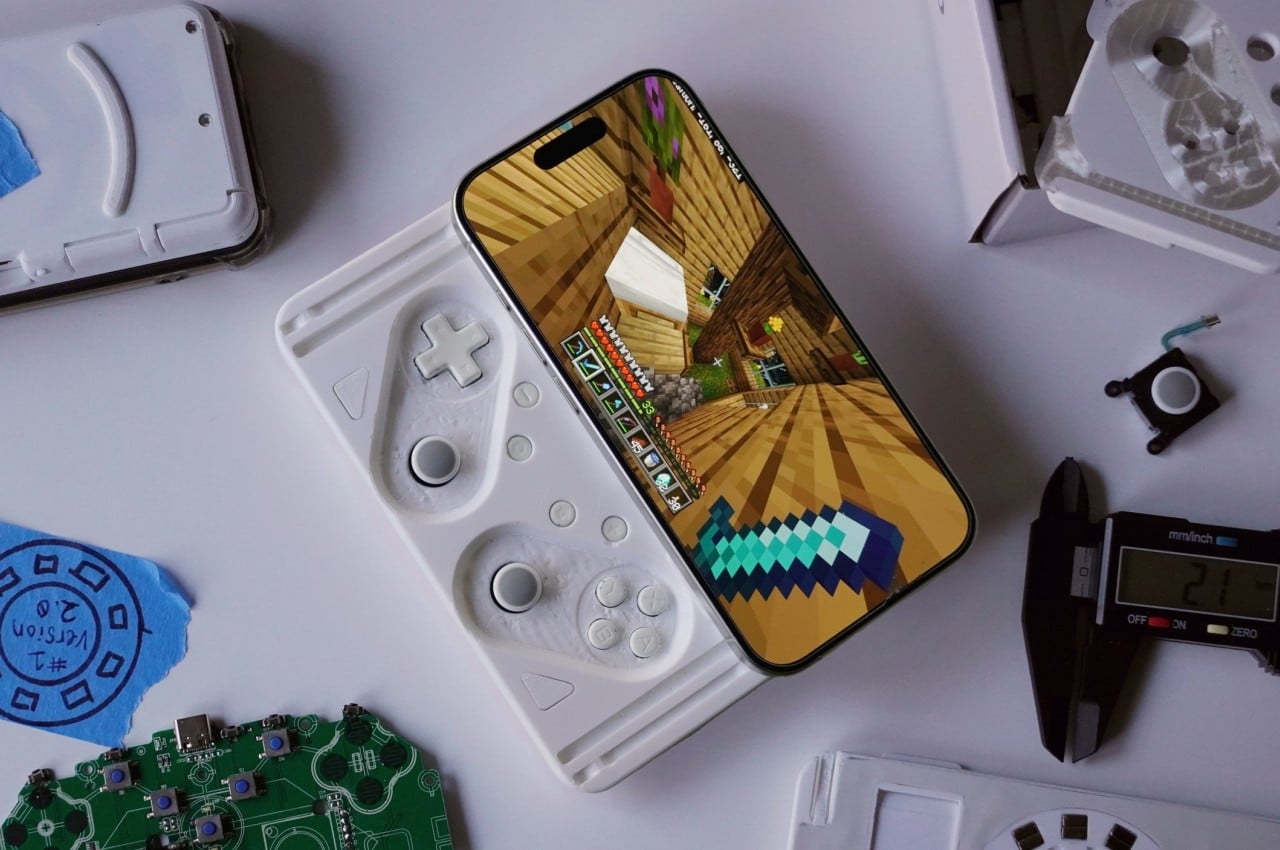
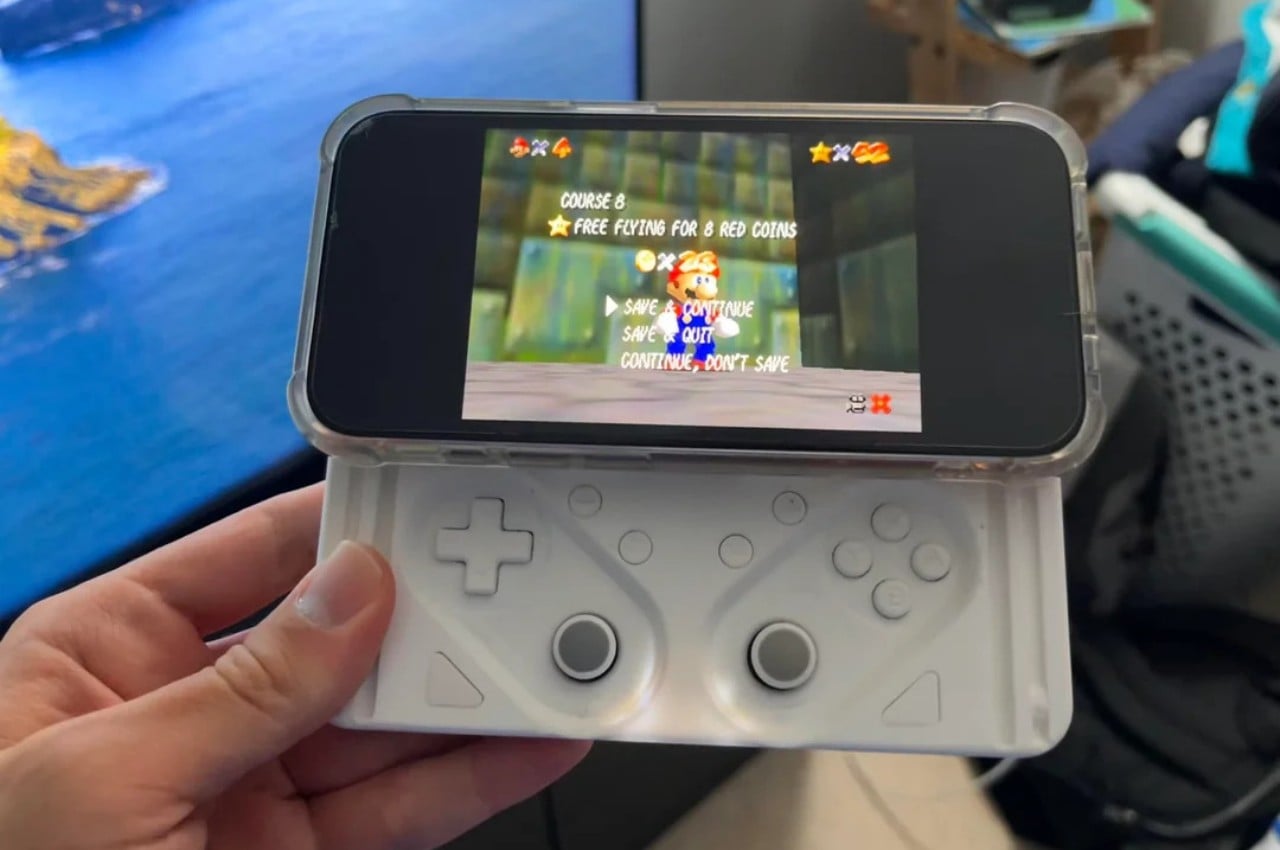
Phone game controllers these days mostly come in two flavors. One is a bulky, traditional controller with a clip to hold your phone, while the more popular design flanks the phone with split controls. The latter is more portable but still tedious to use, especially when it requires taking off your iPhone’s protective case every time you want to play. To fix this design problem, the M-Con looks to other portable gaming systems that are more suitable for phone-sized devices, and it turns out that Sony already answered the same problem years ago.
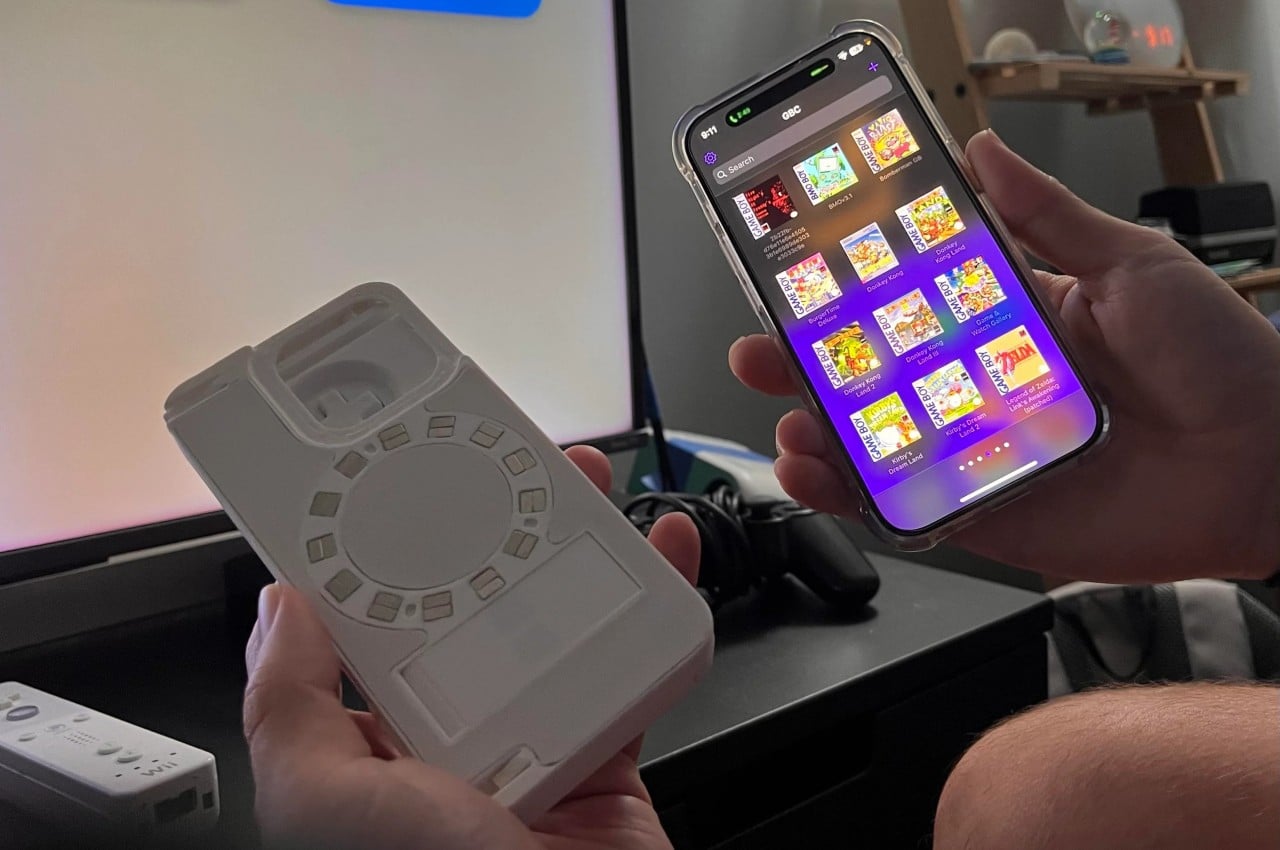
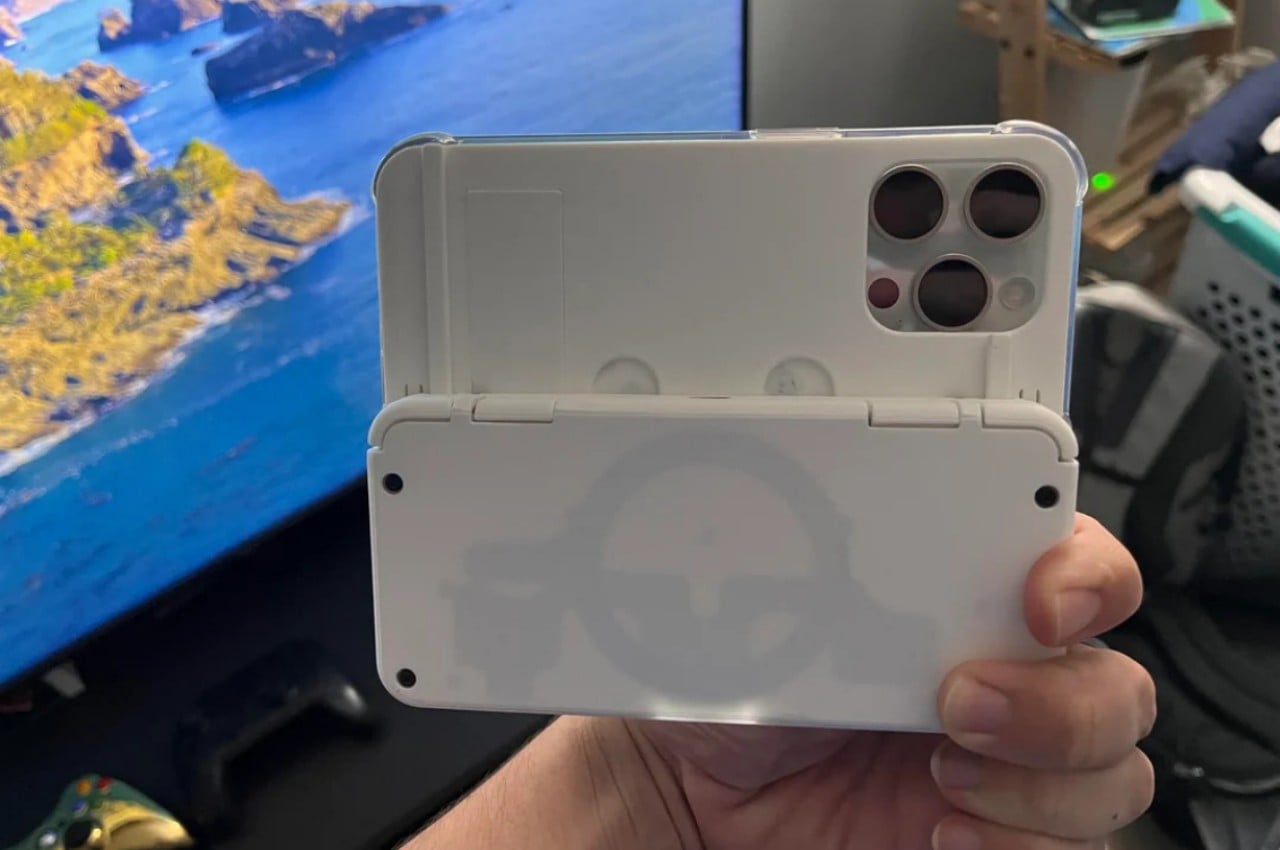
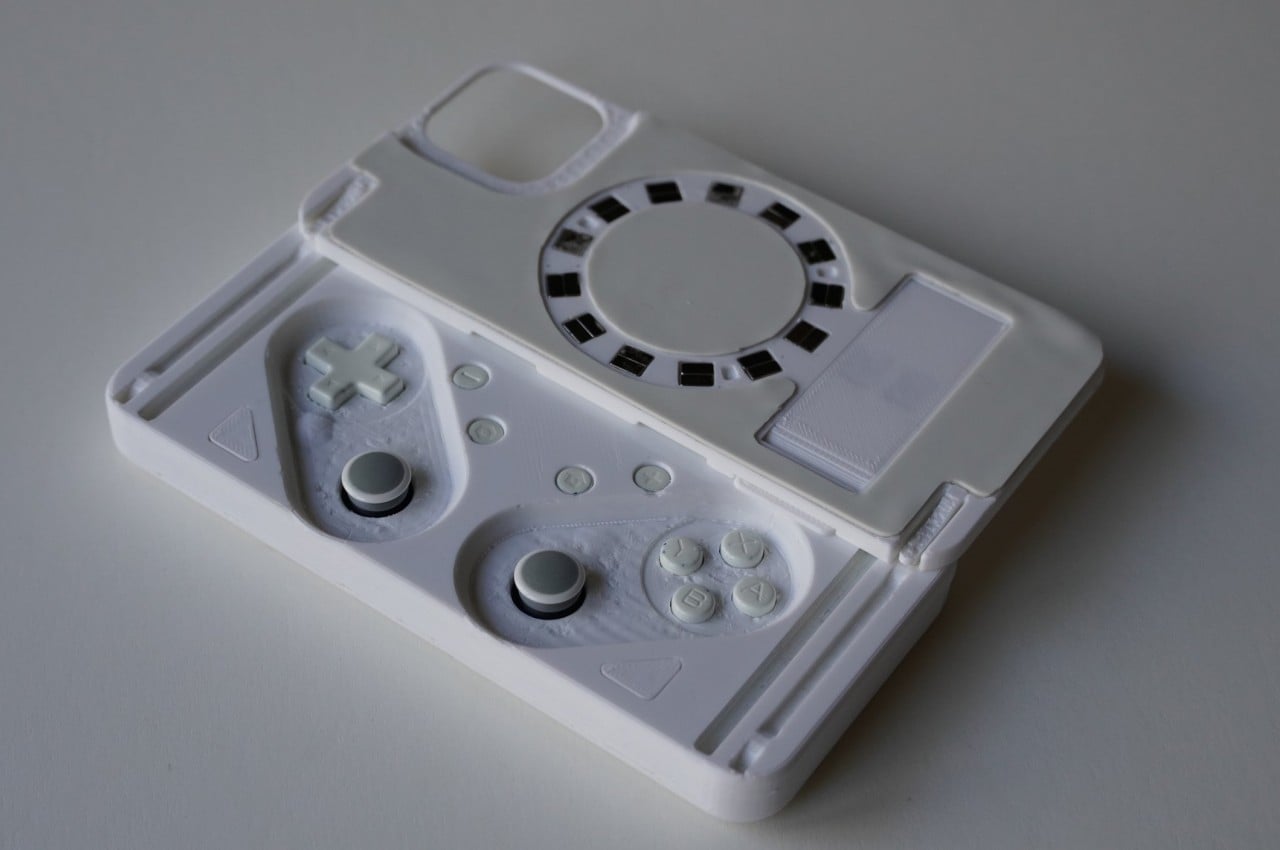
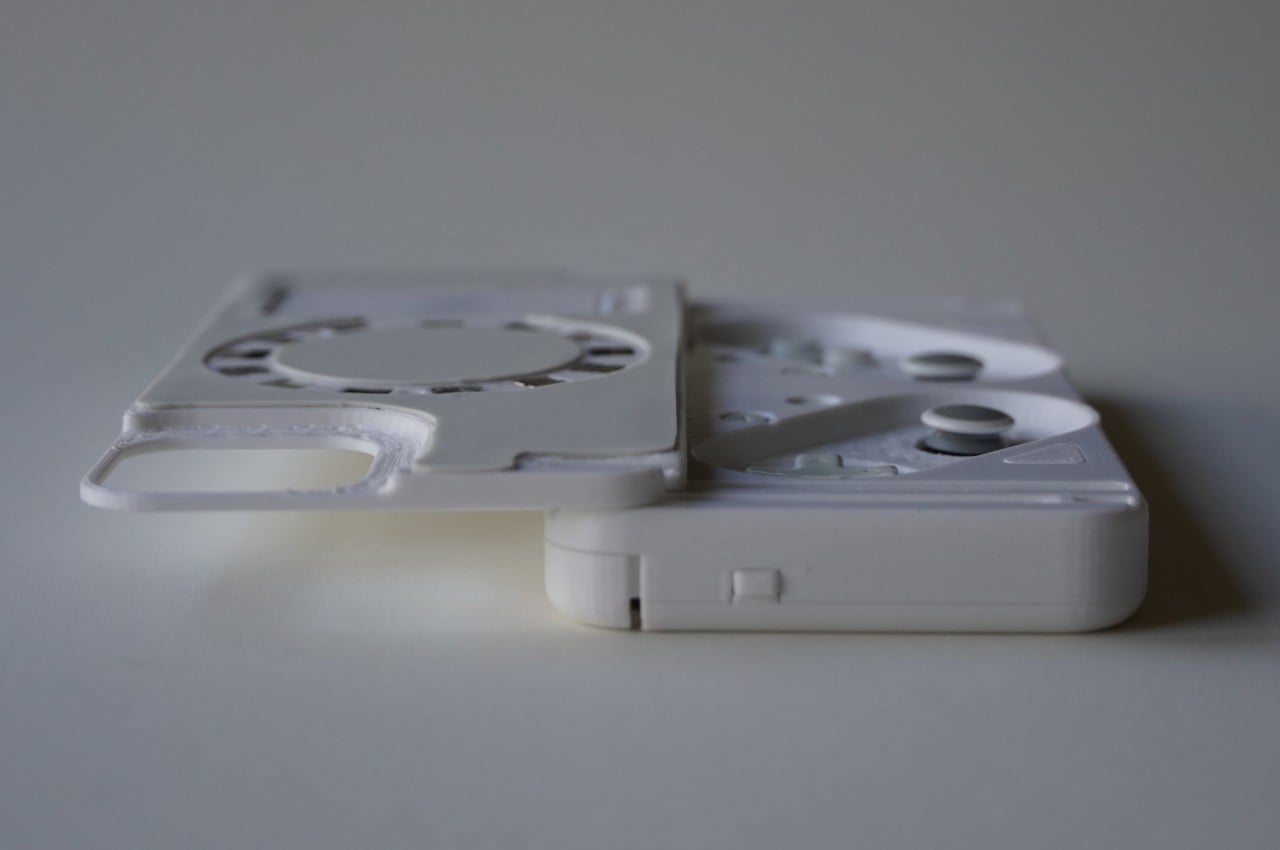
The short-lived Xperia Play smartphone, and the PSP Go handheld console before it, utilized a sliding mechanism to keep the buttons and joysticks out of the way when you’re not playing. This, however, was built into the devices themselves, which made the Xperia Play too bulky to be used as a regular phone. The M-Con, in contrast, is removable just like those other smartphone controllers today, but the difference is that it uses MagSafe technology to easily and securely attach to an iPhone’s back. You can opt to have it attached all the time or quickly separate the two pieces to shove them into your pockets separately.
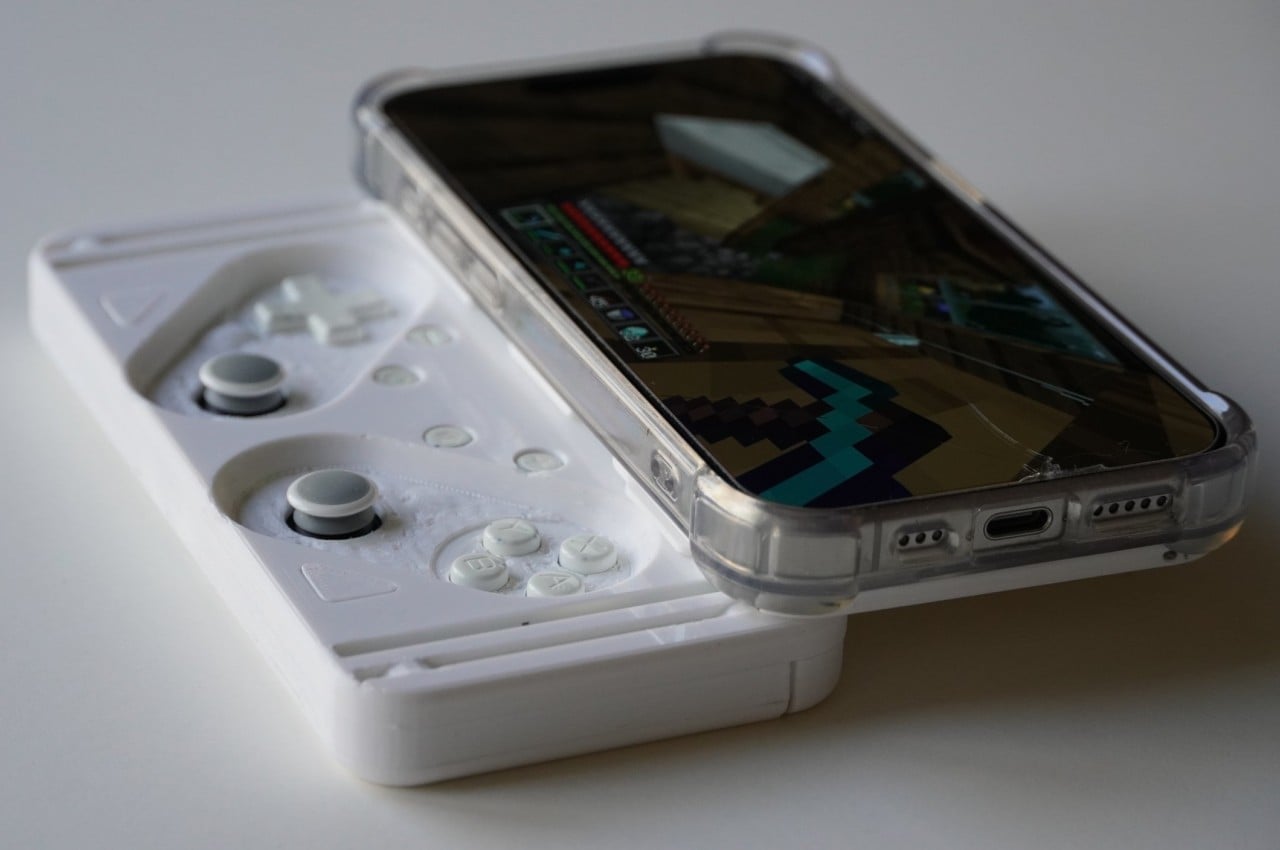
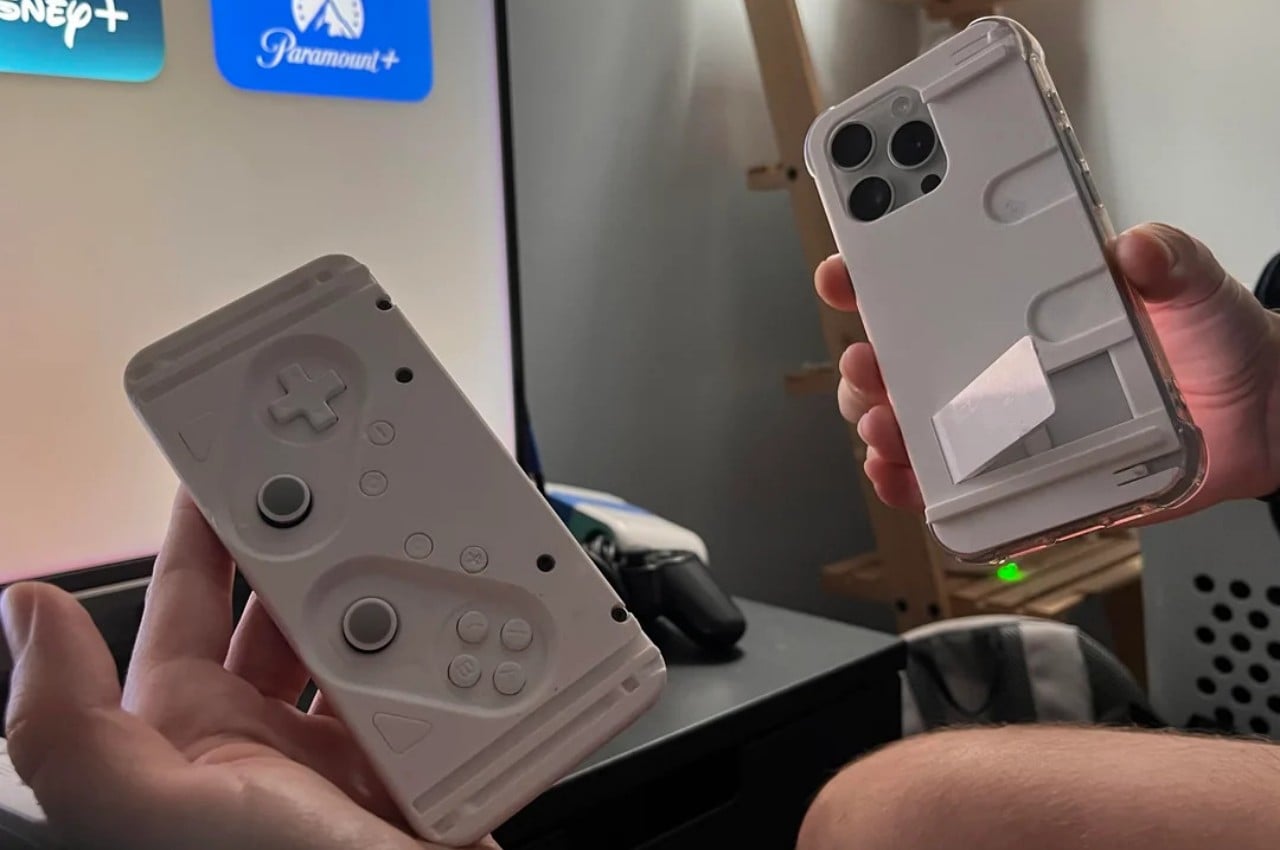
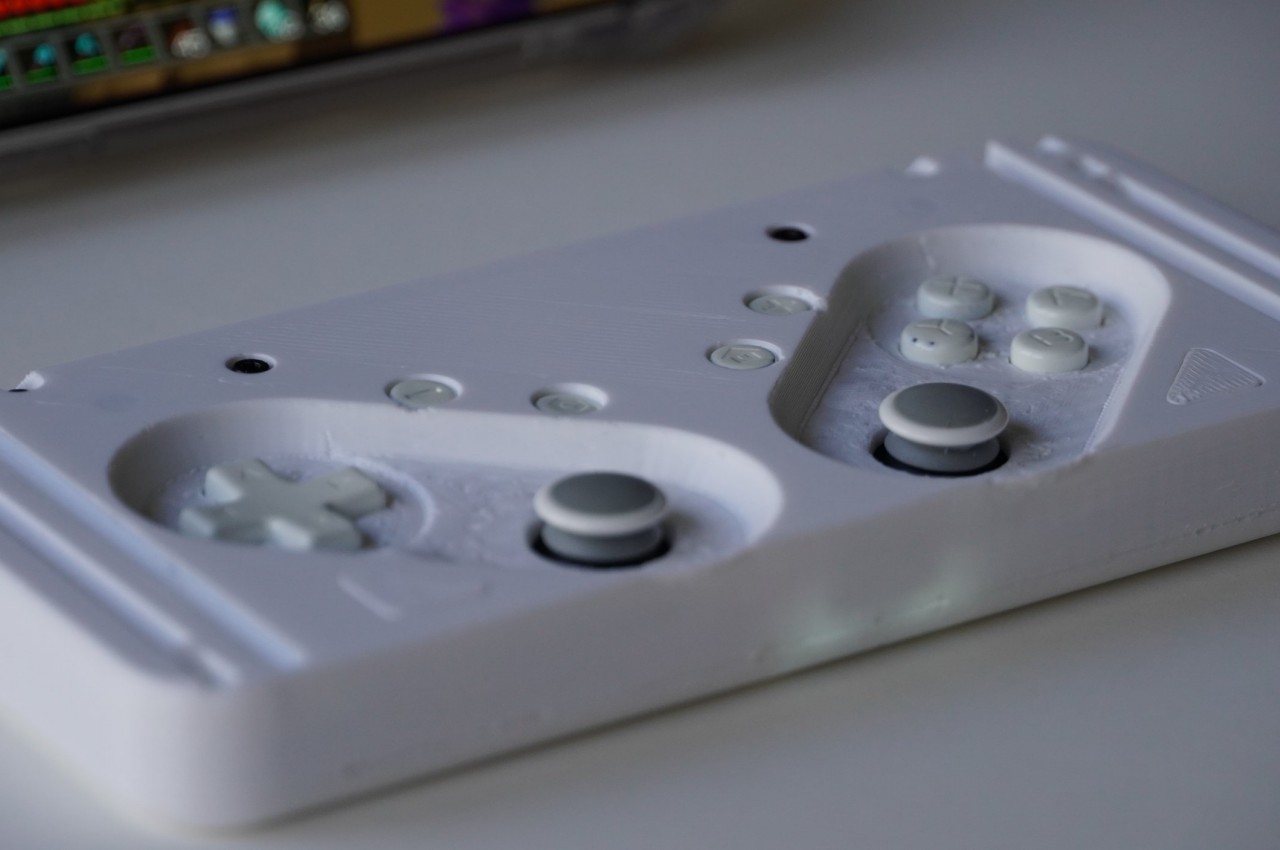
The design, however, has one more trick up its sleeve. The controller part and the MagSafe plate can also part ways, as the latter can also be used as a stand for the iPhone. Since M-Con uses Bluetooth to connect to the iPhone, the controller can still be used as normal, allowing you to play with the phone standing on a table. In fact, you can even connect the iPhone to a larger screen to have a home console experience in the same manner.
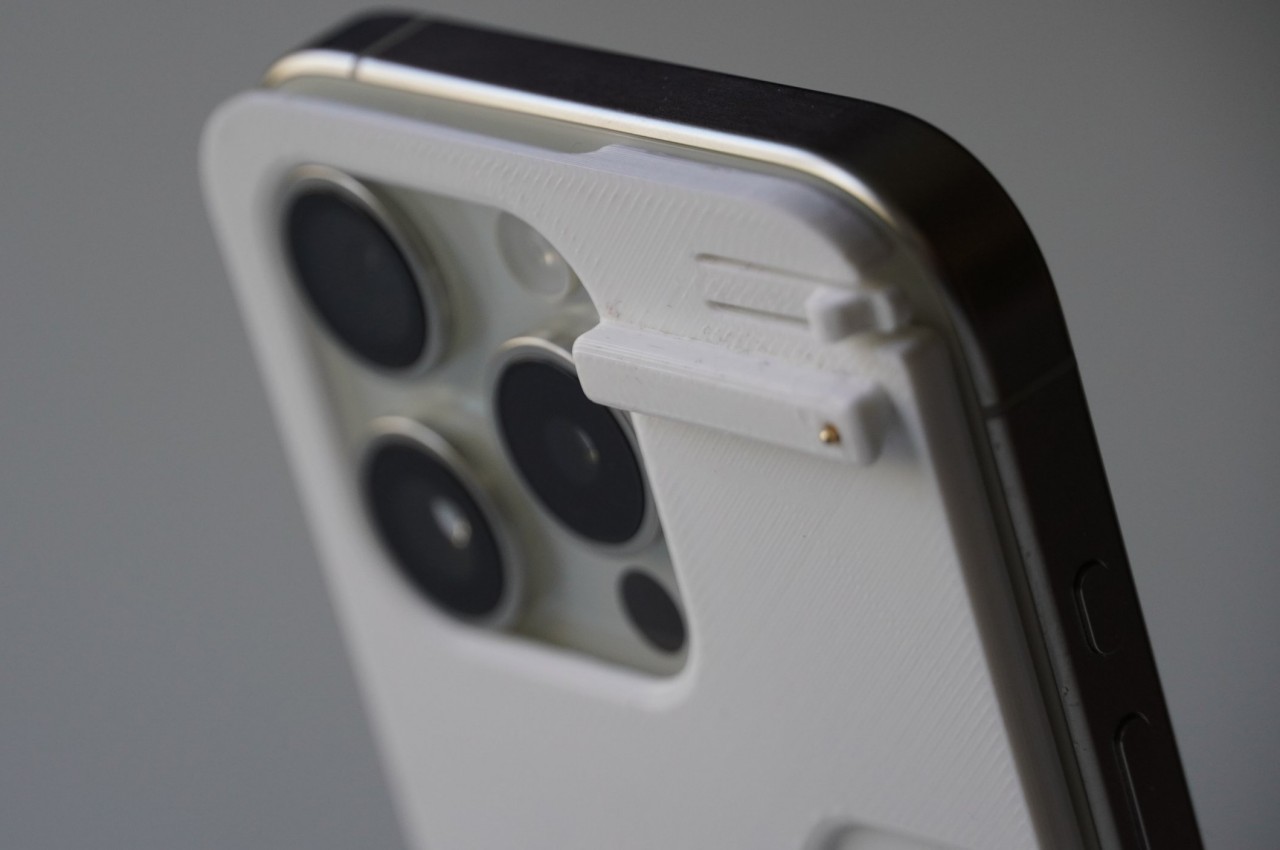
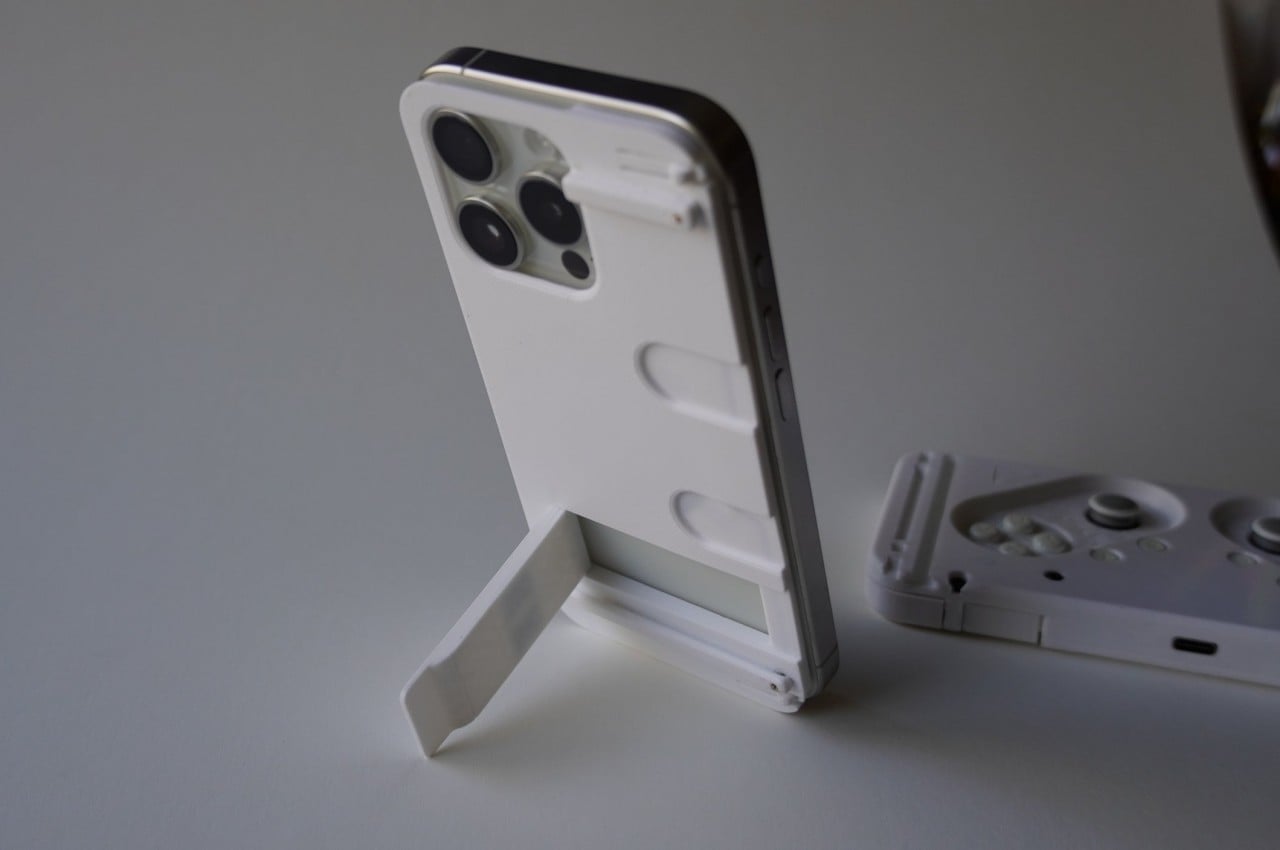
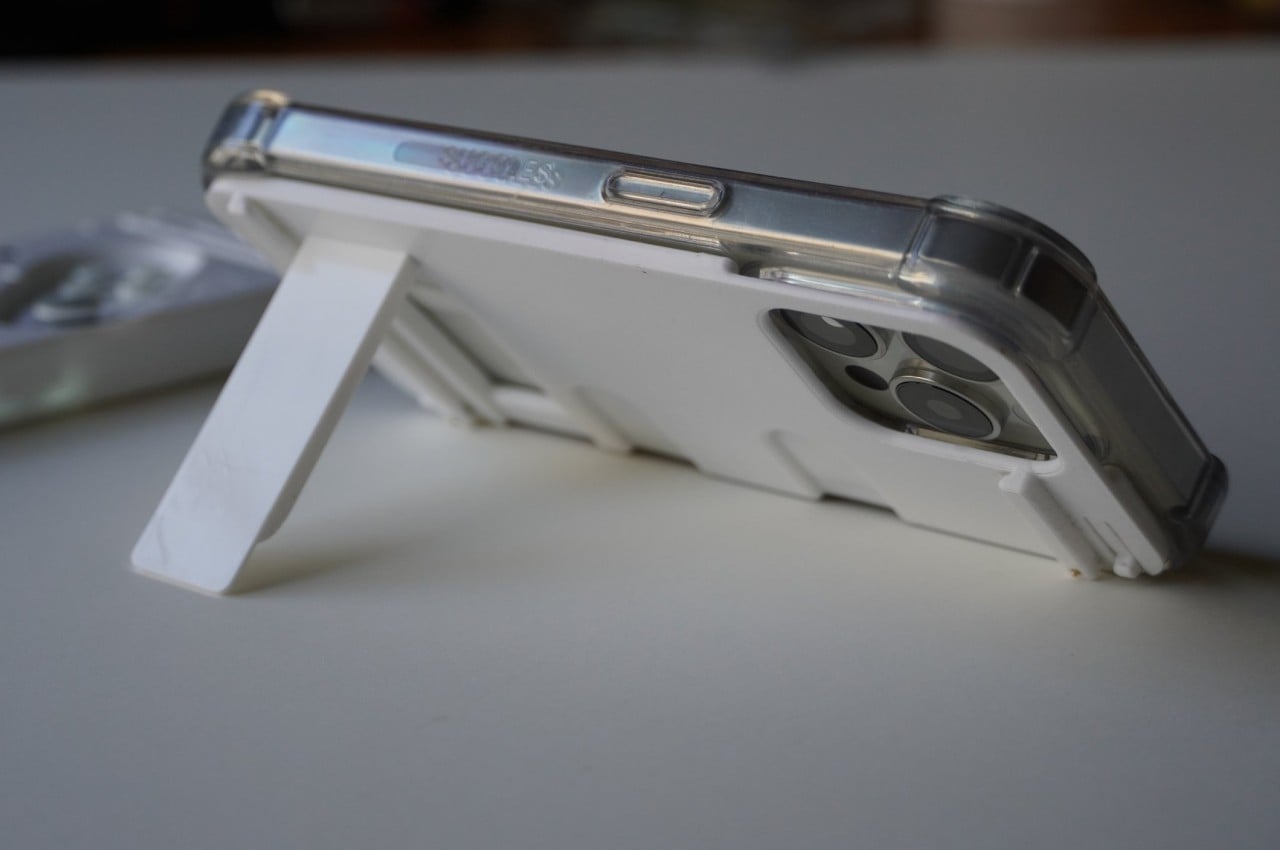
M-Con is said to be coming soon, but availability details and pricing are still unknown. Since it was born from a DIY and 3D printed project, the quality of the resulting product is also an open question. And while this sliding controller does have a more compact and convenient design, it also squeezes the controls tightly together, which could lead to a cramped and uncomfortable gaming experience.
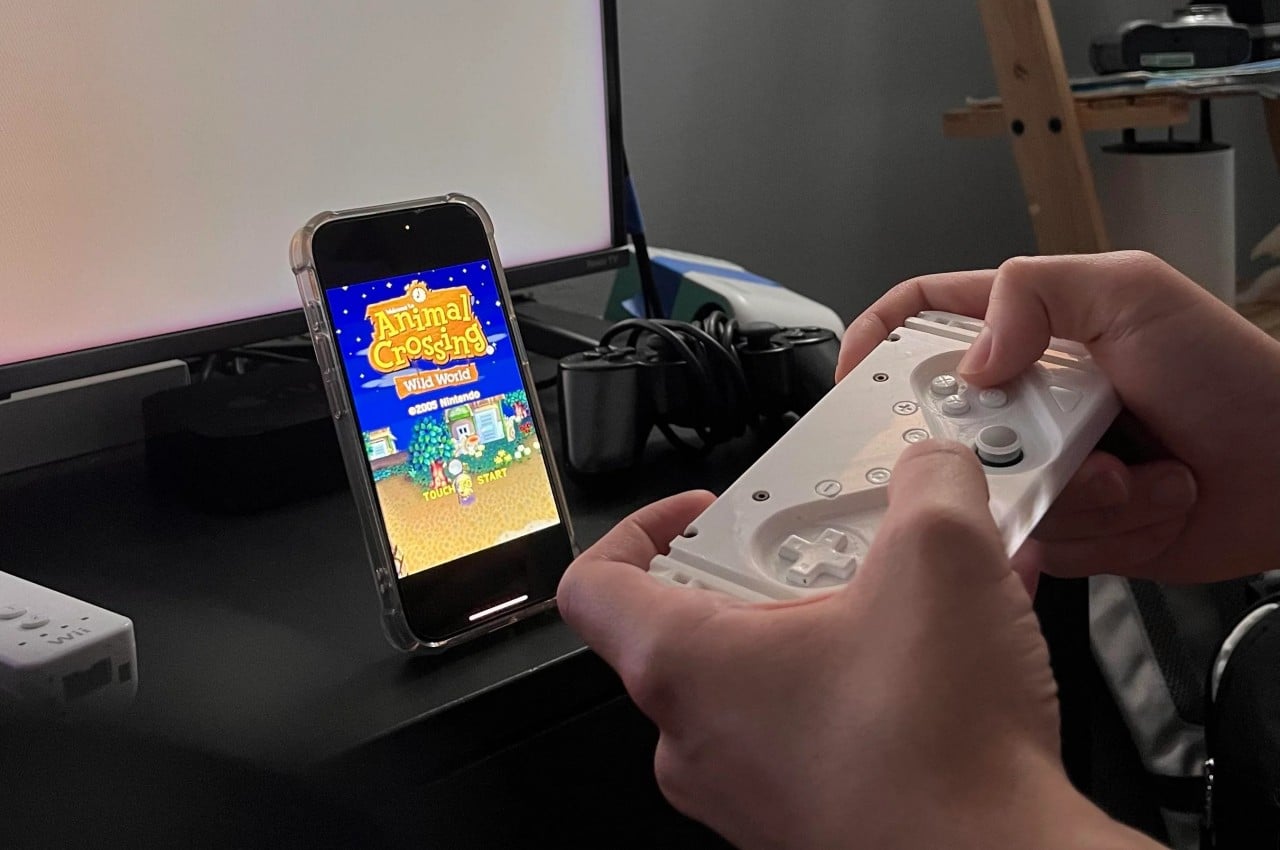
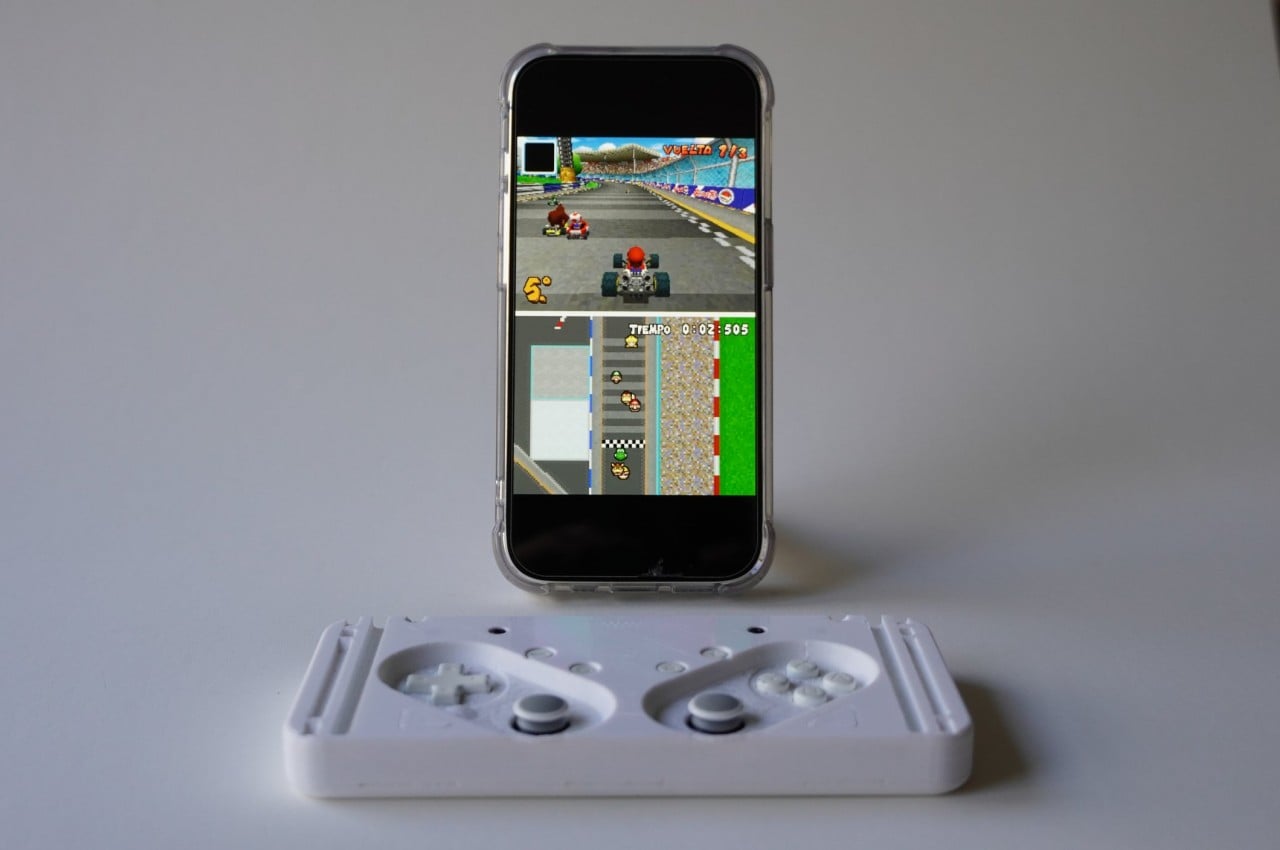
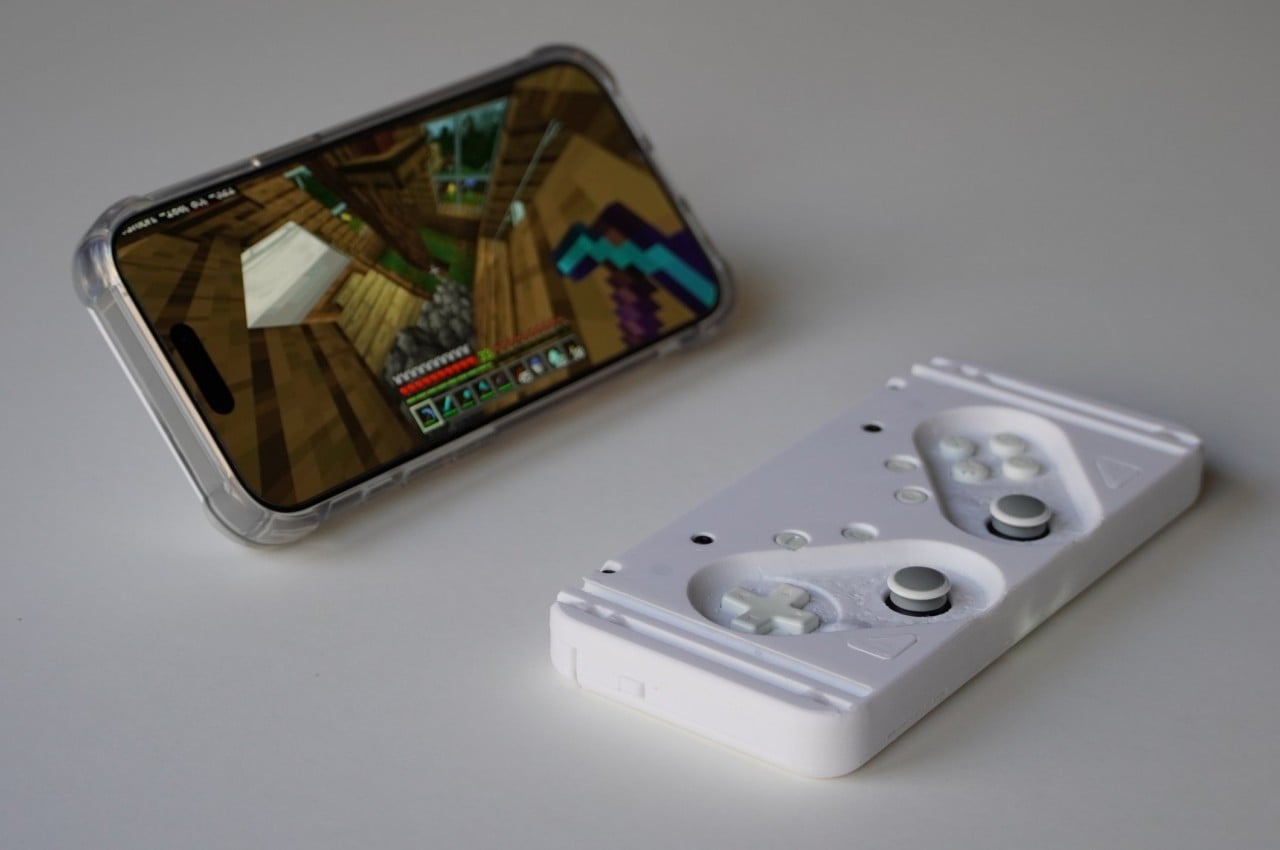
The post MagSafe iPhone sliding game controller gives off PSP Go vibes first appeared on Yanko Design.
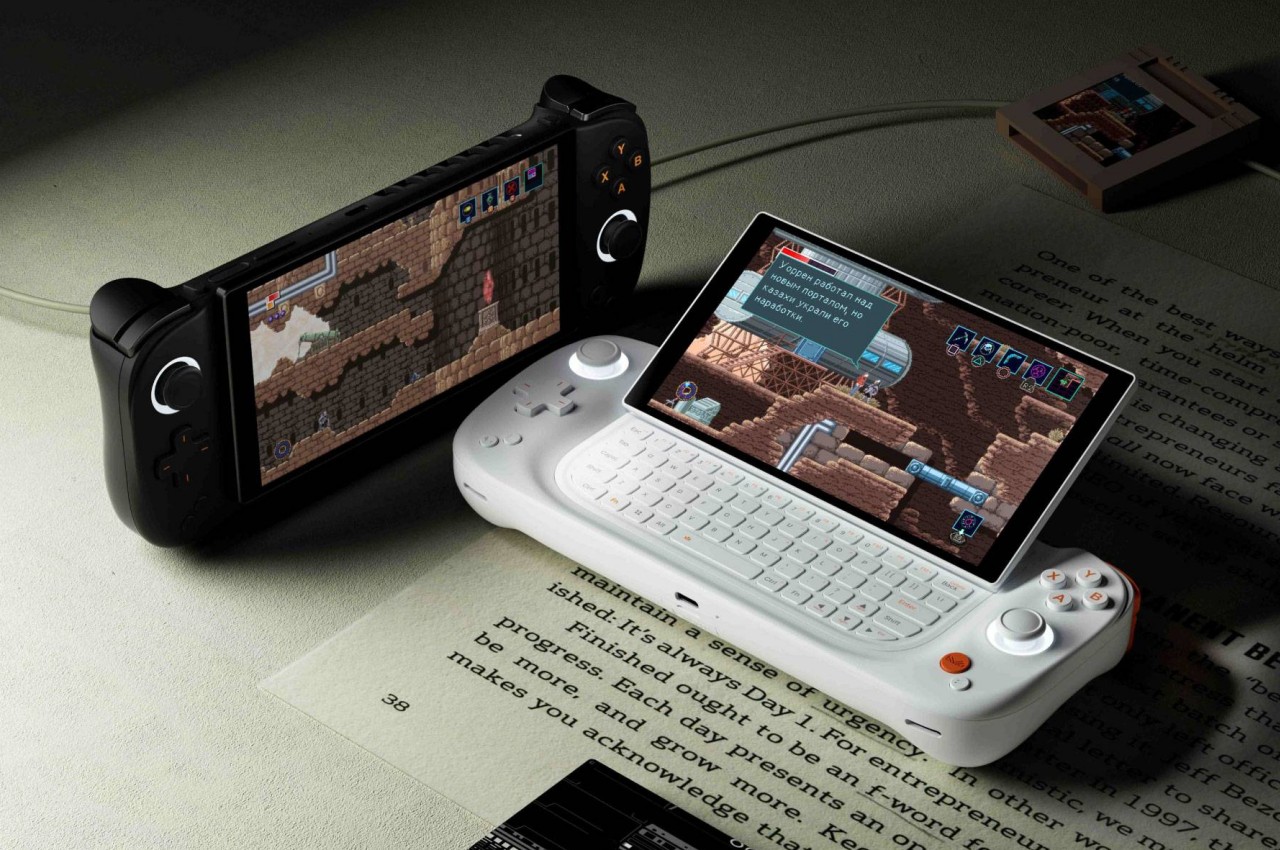
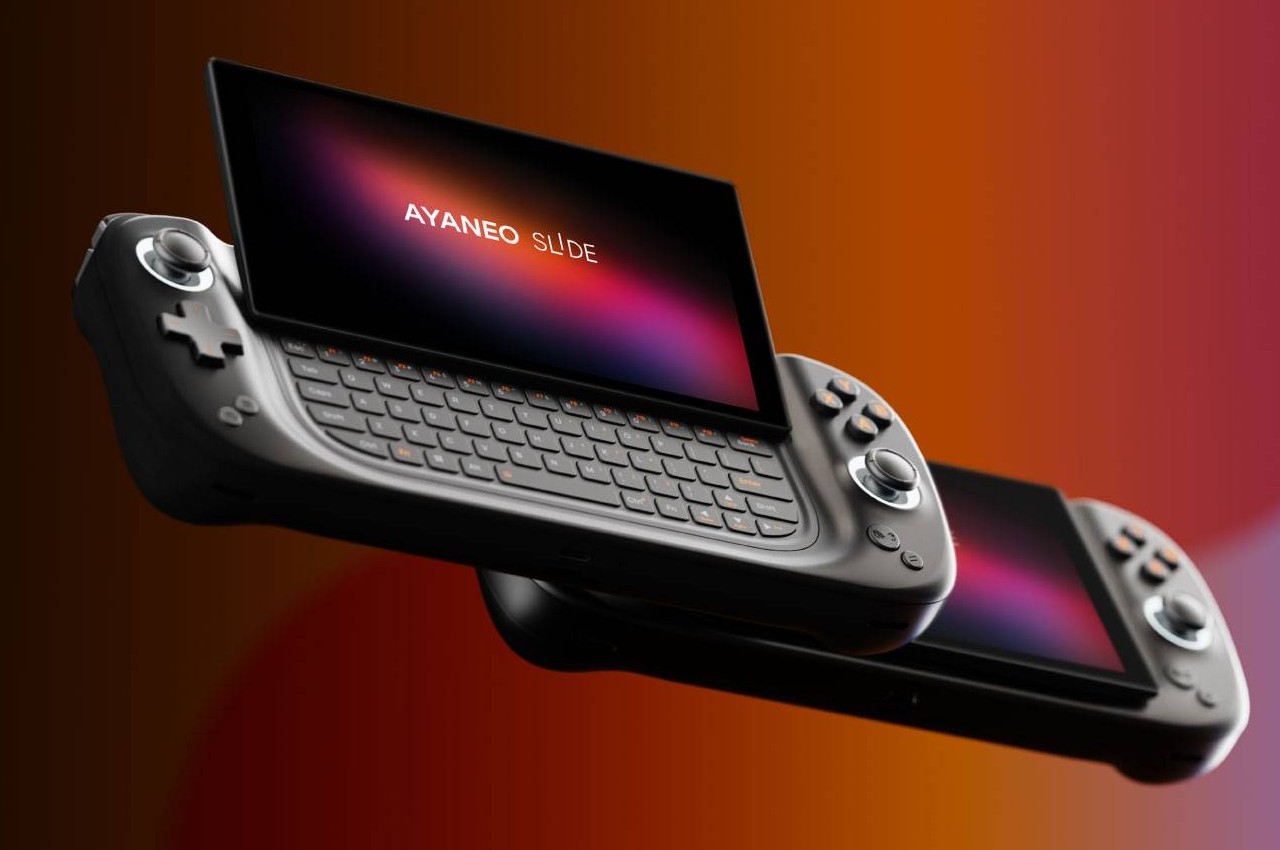
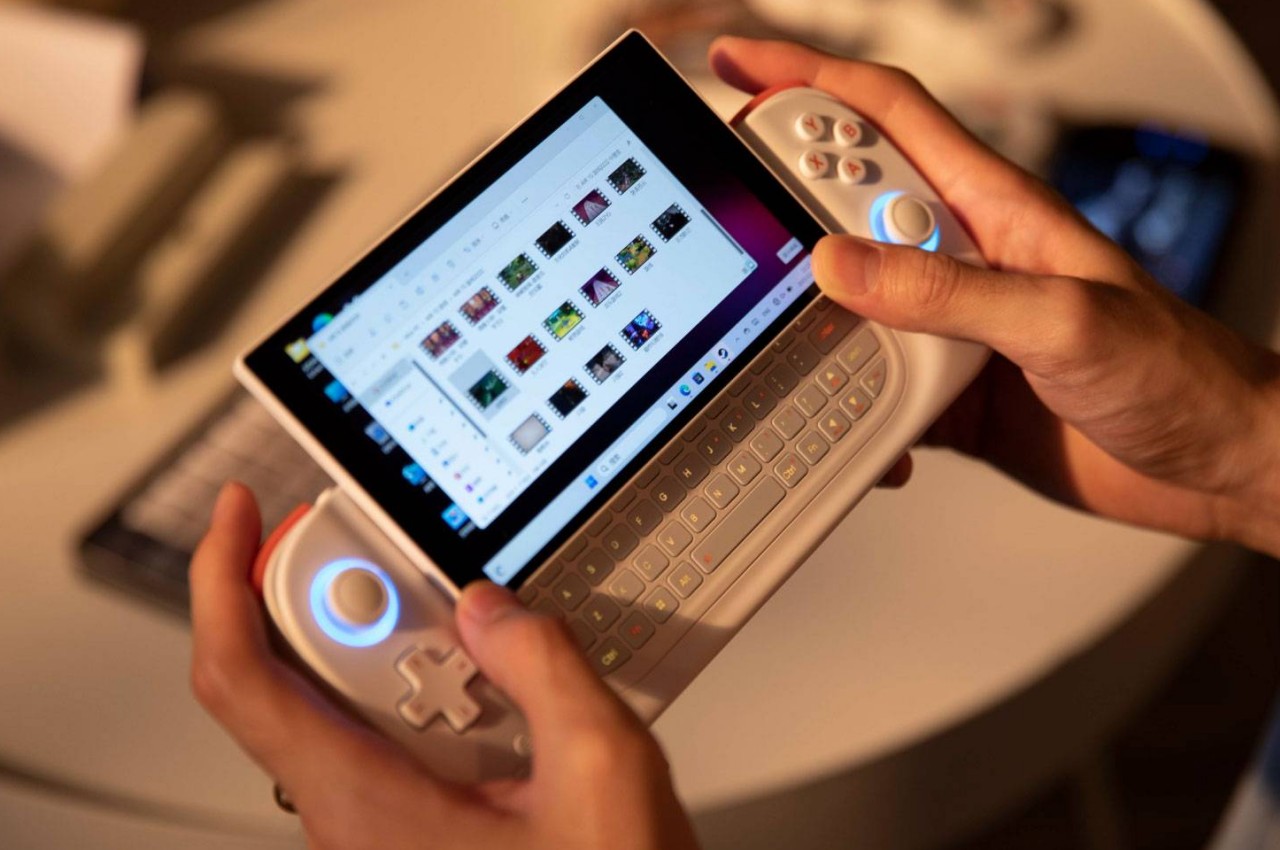
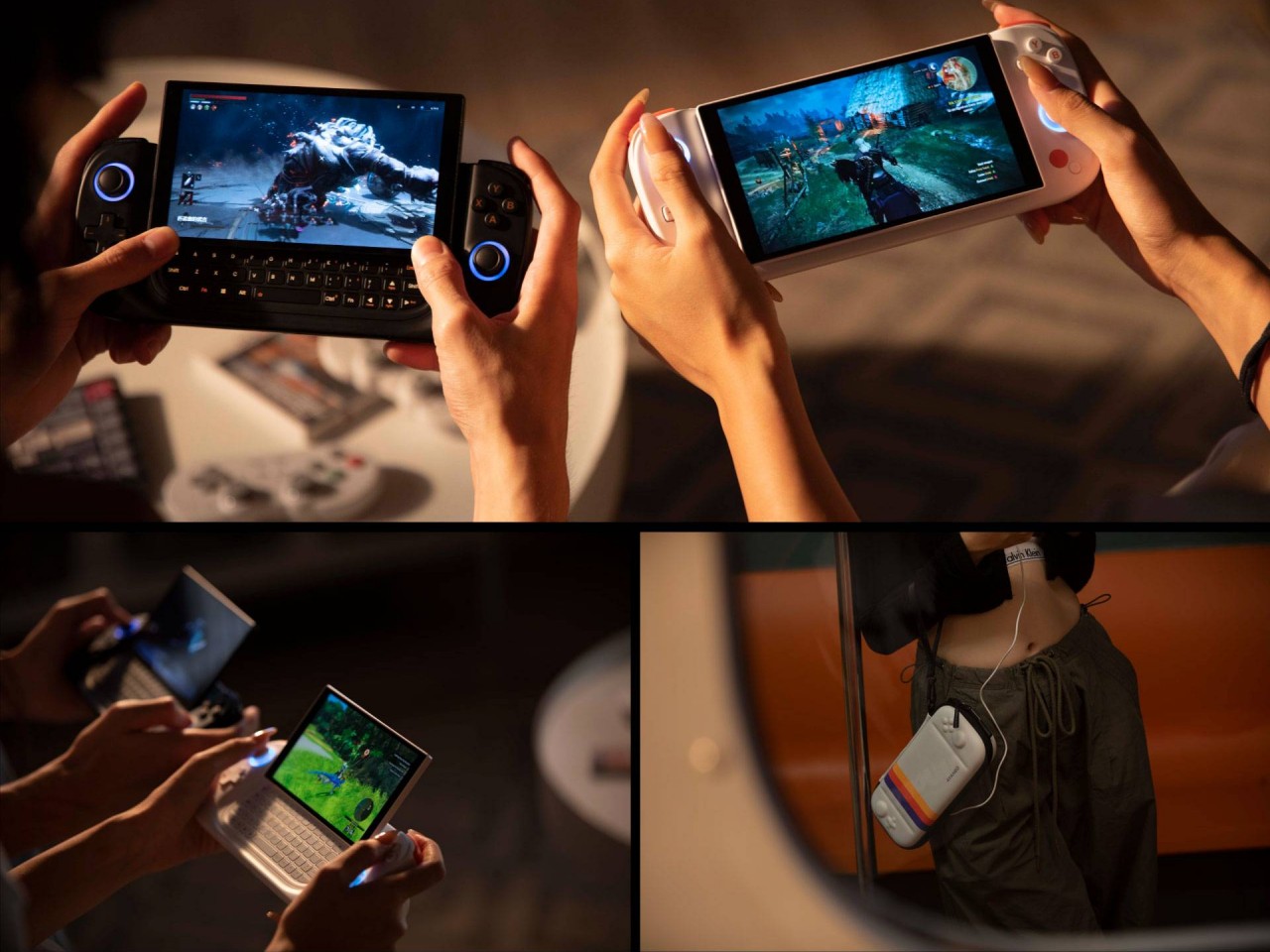
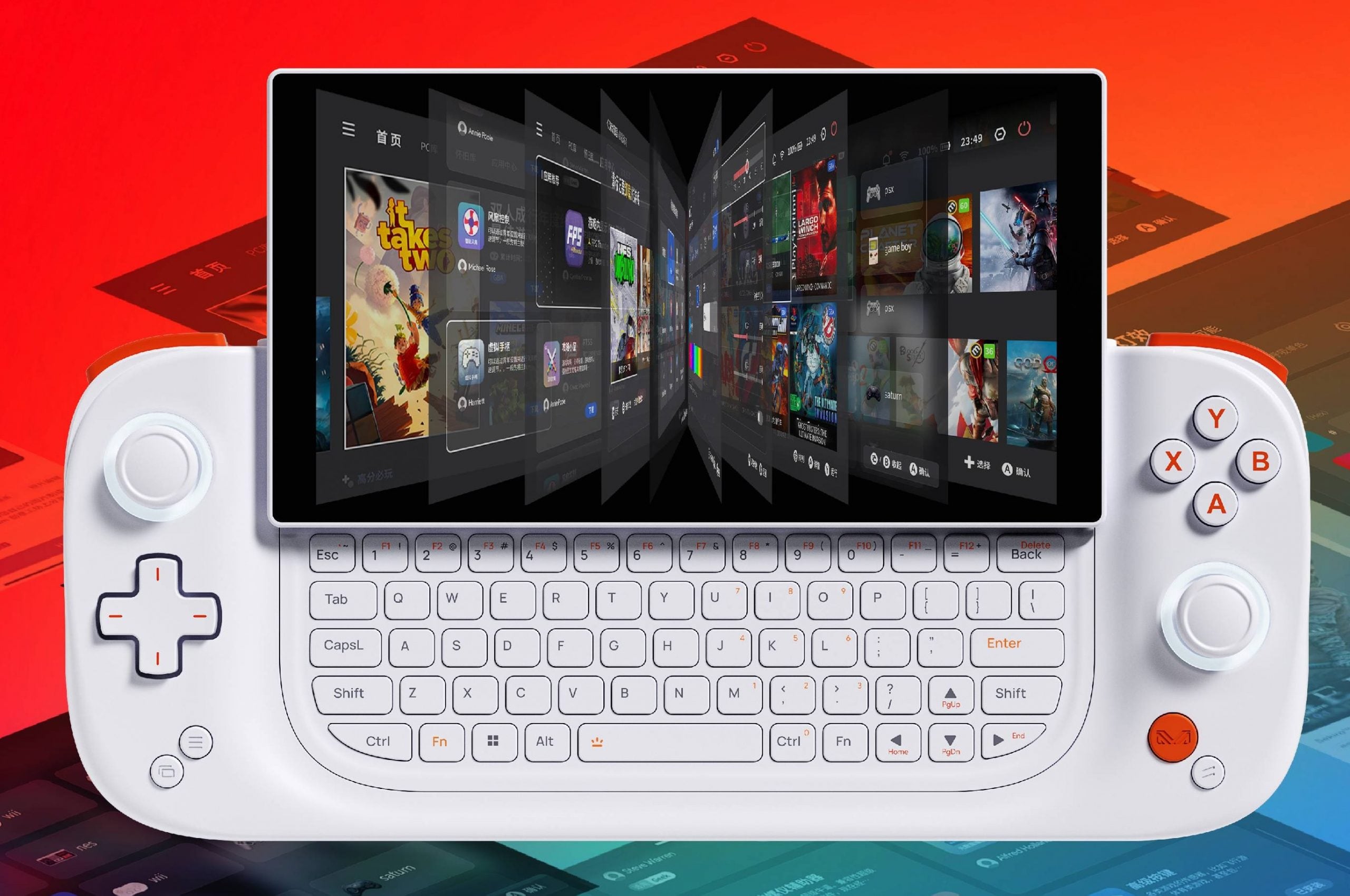
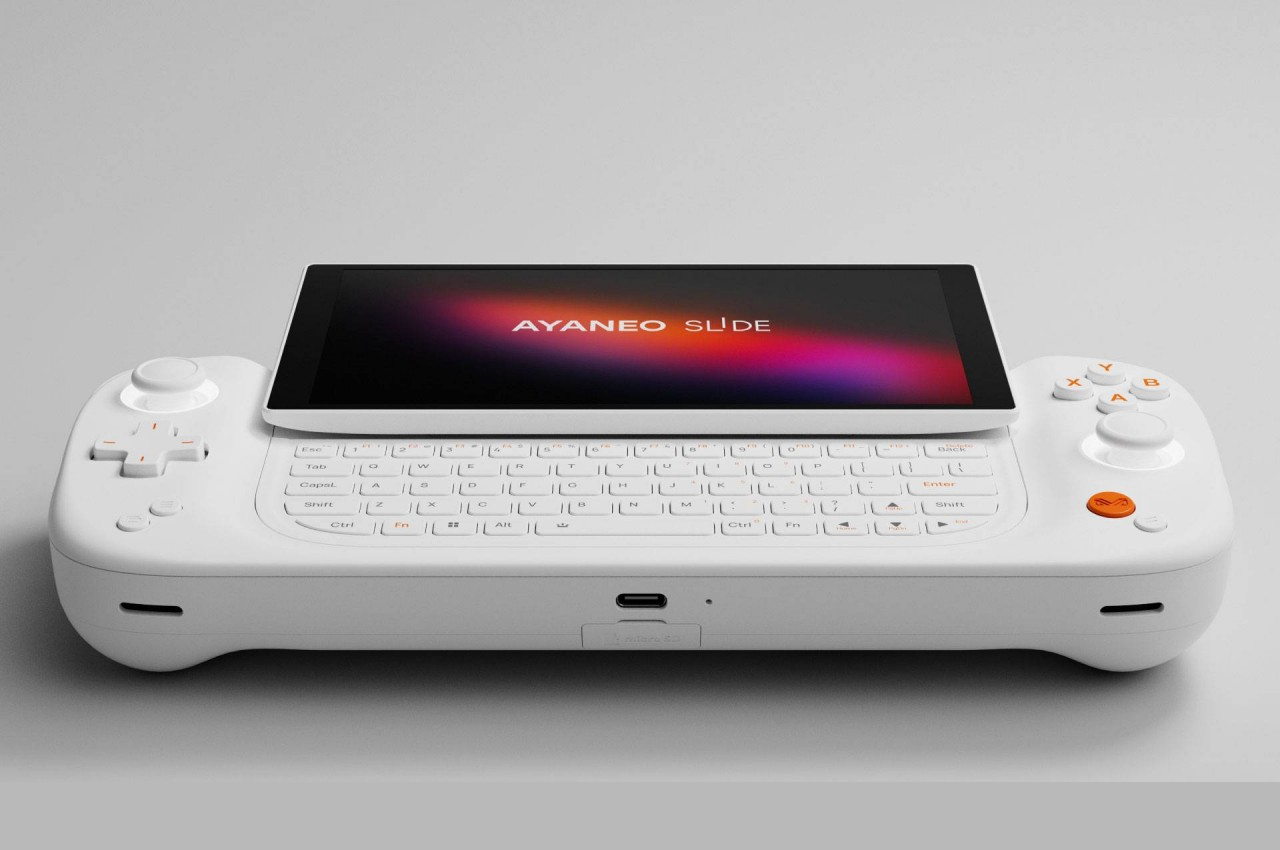
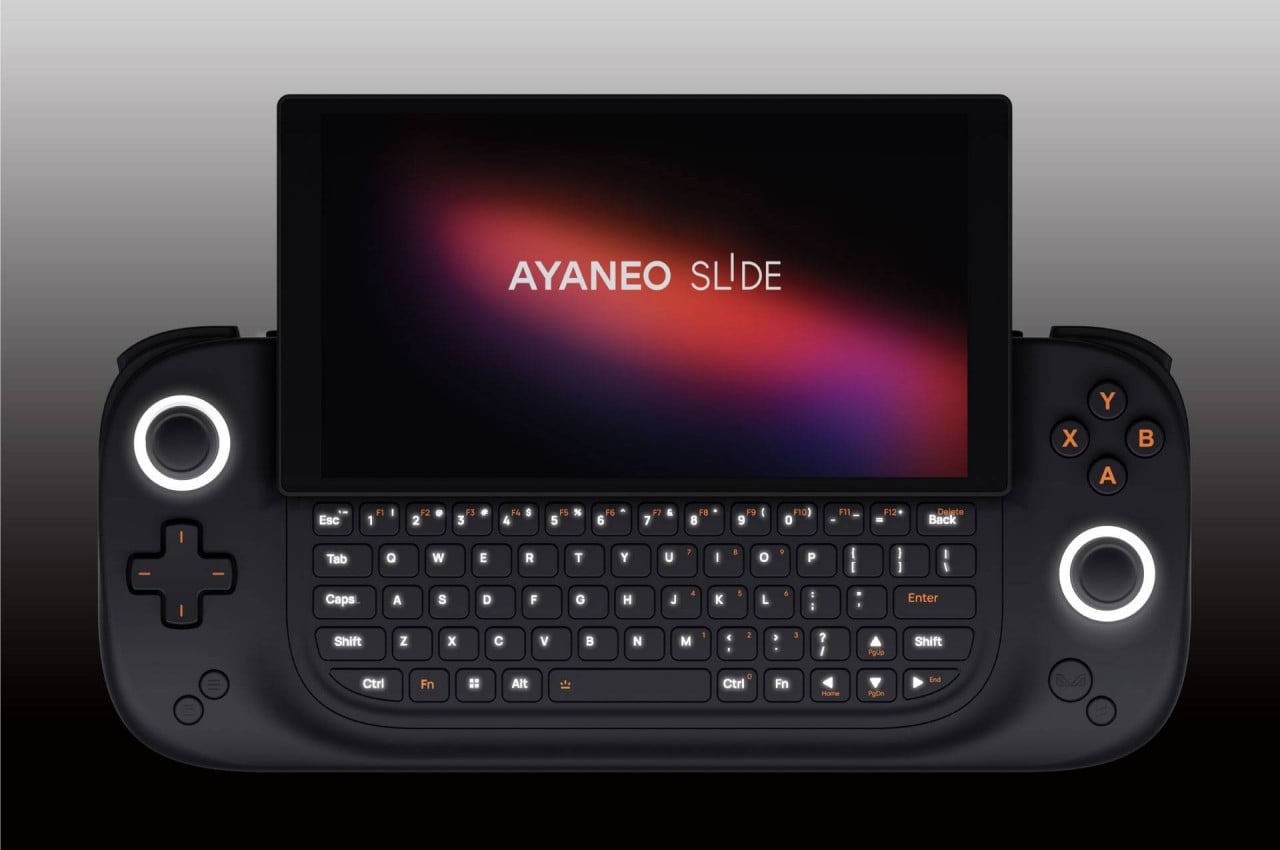
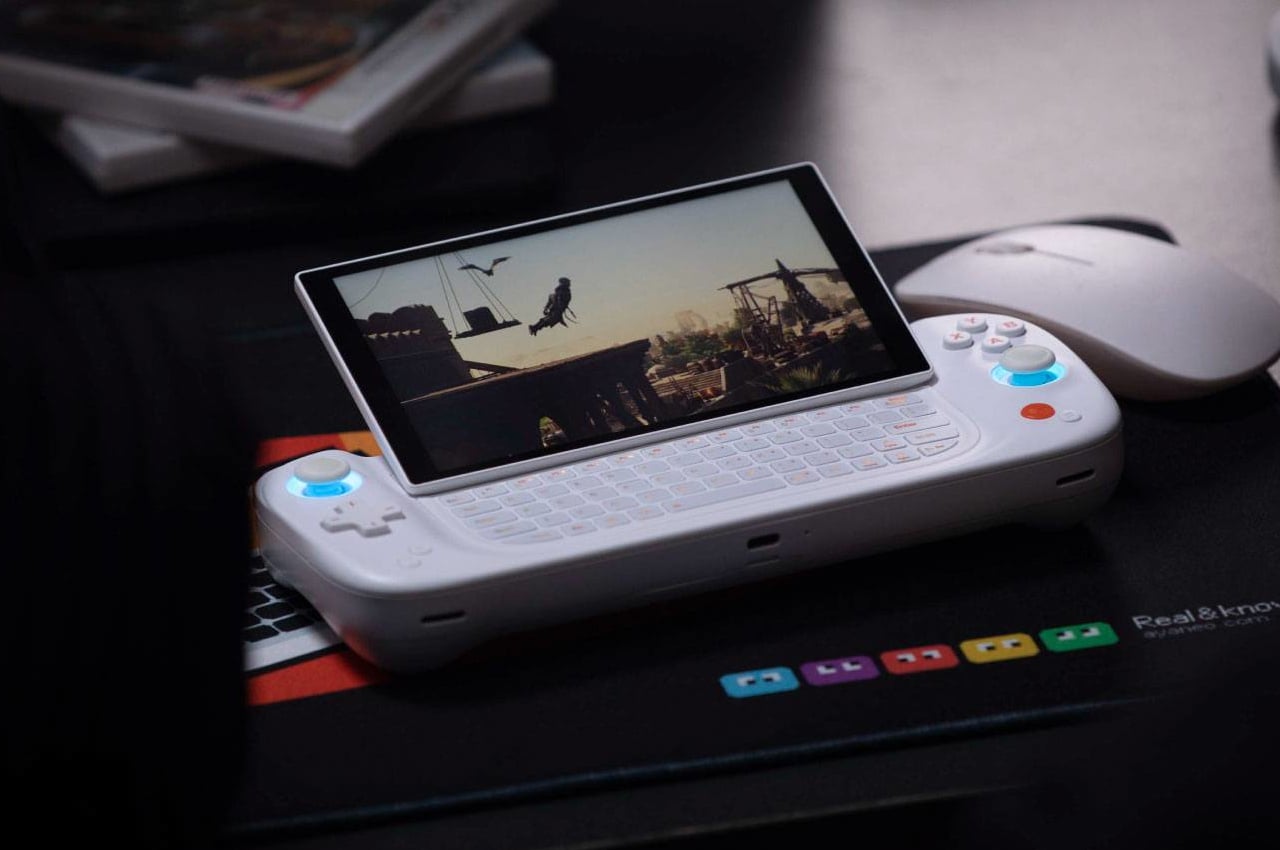

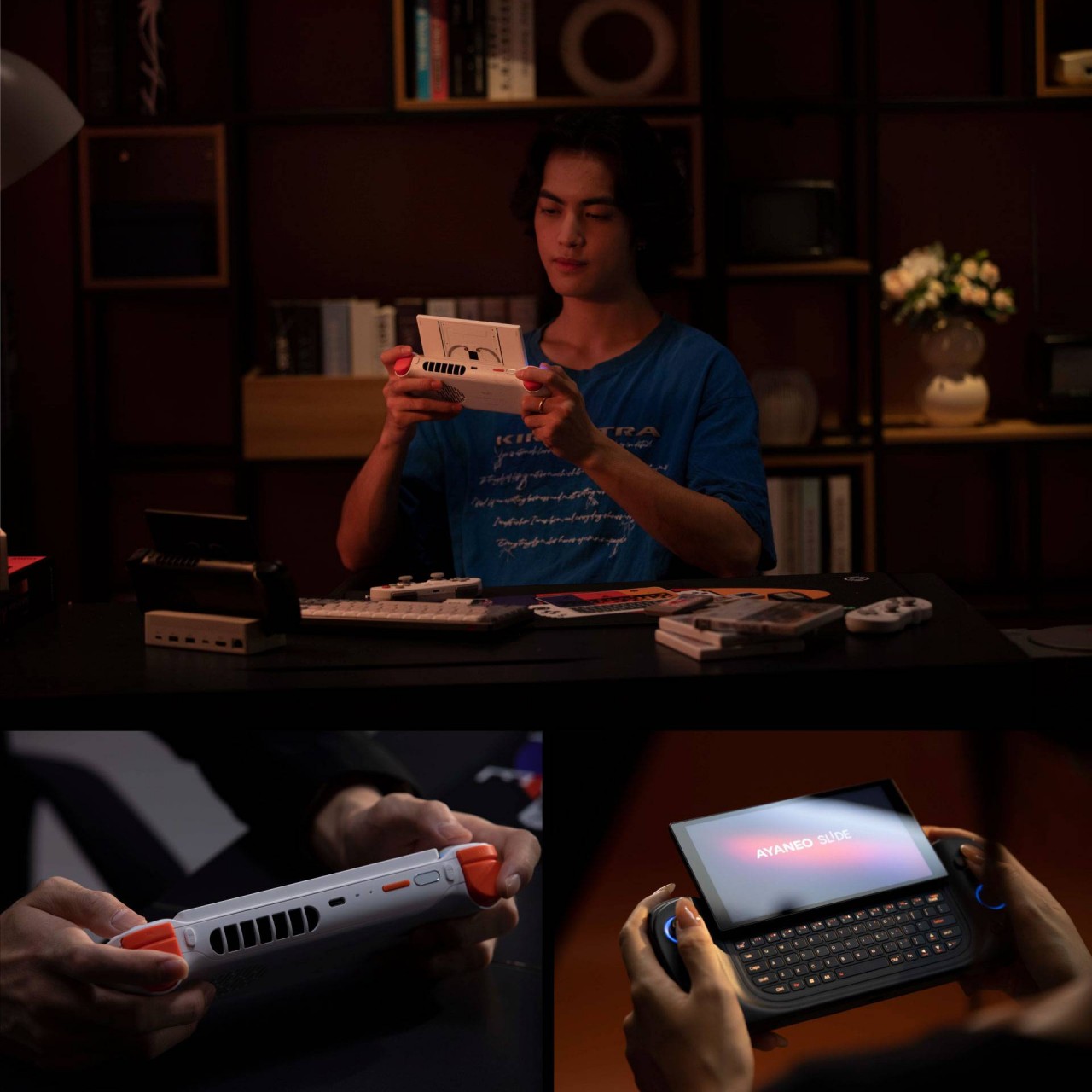
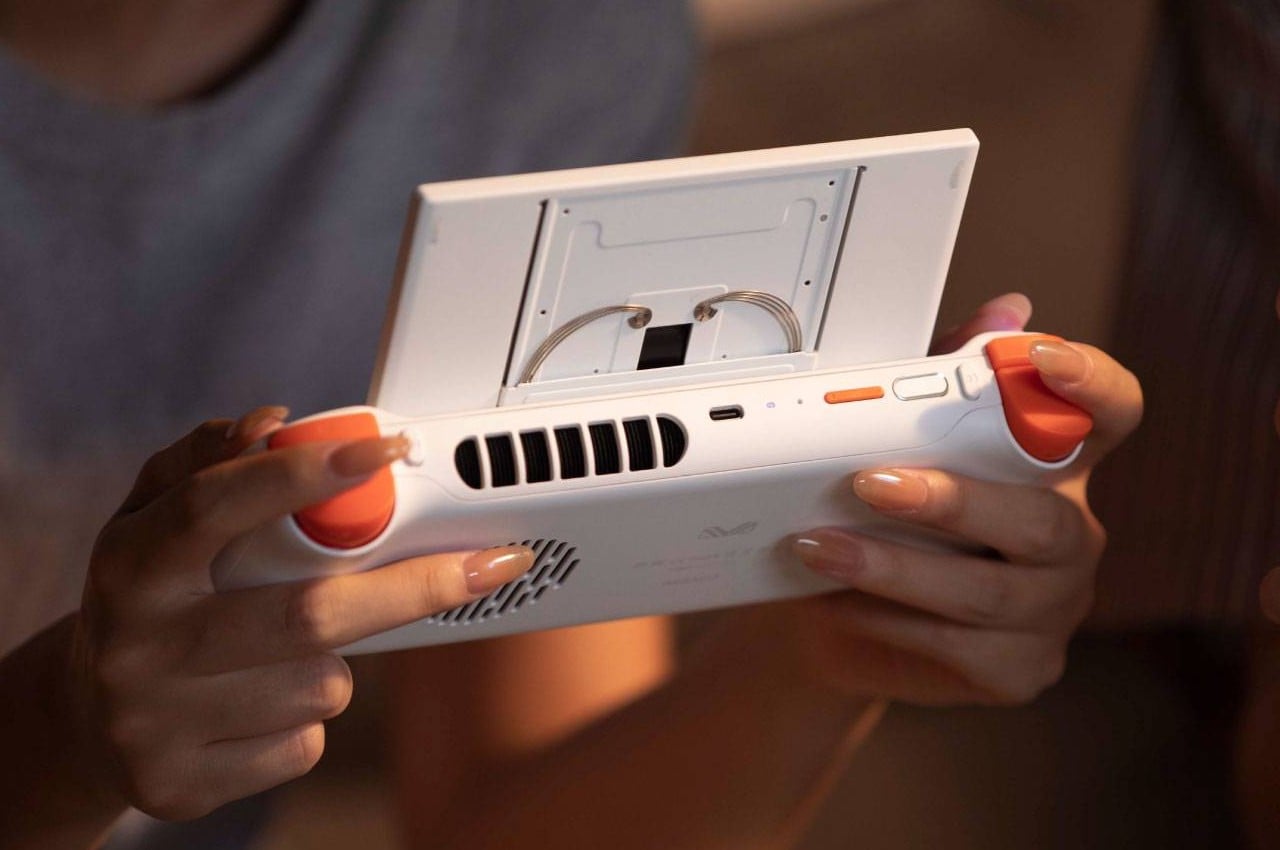
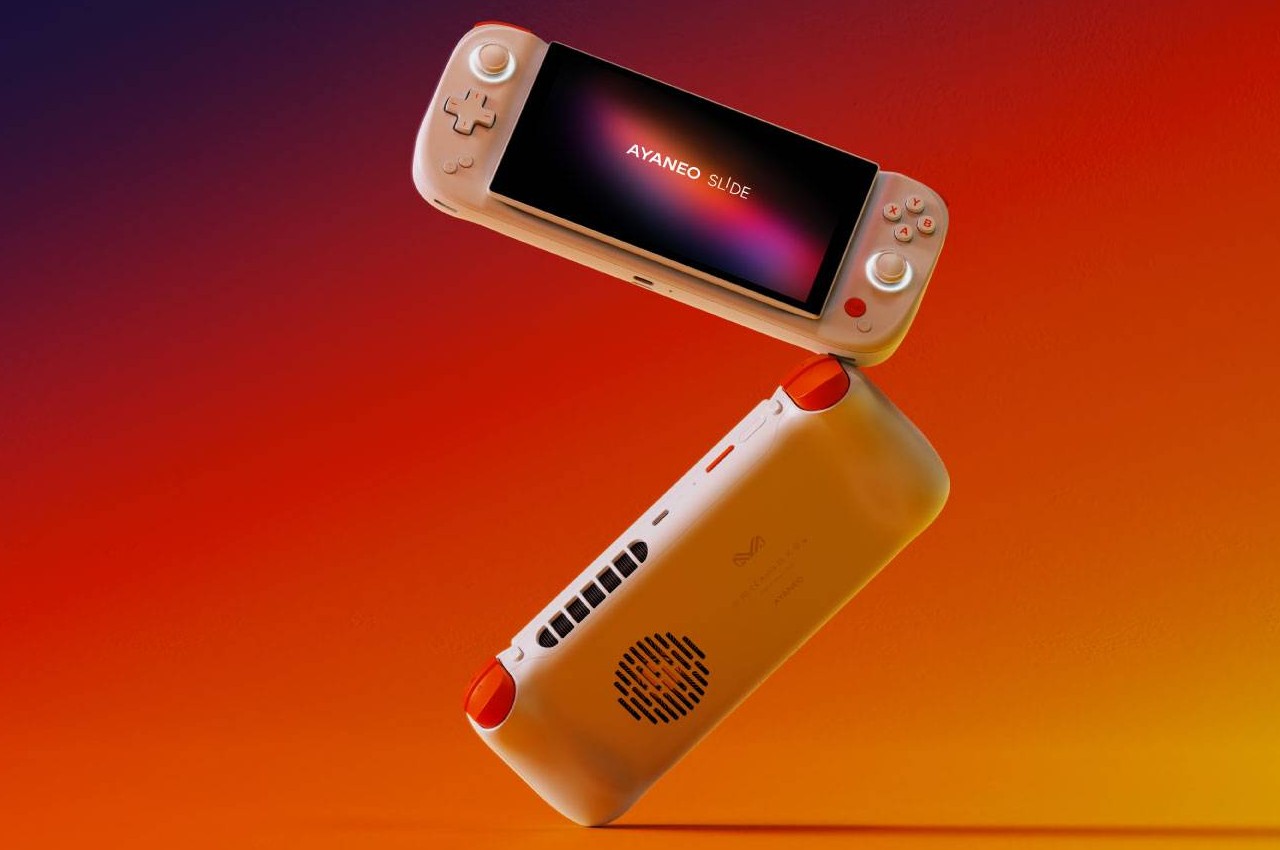
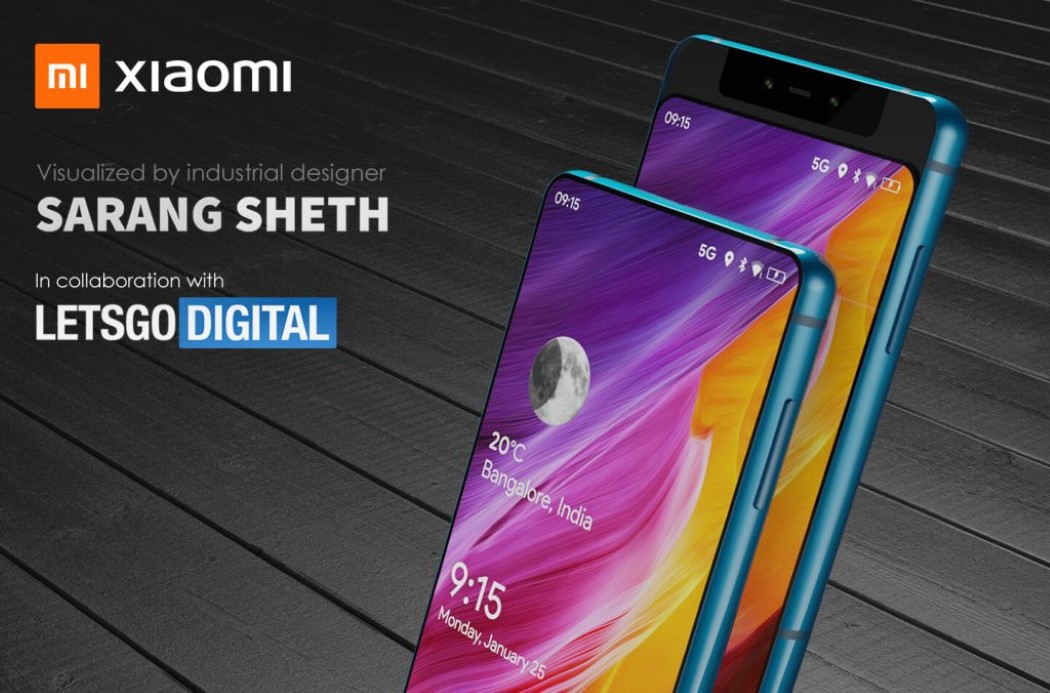
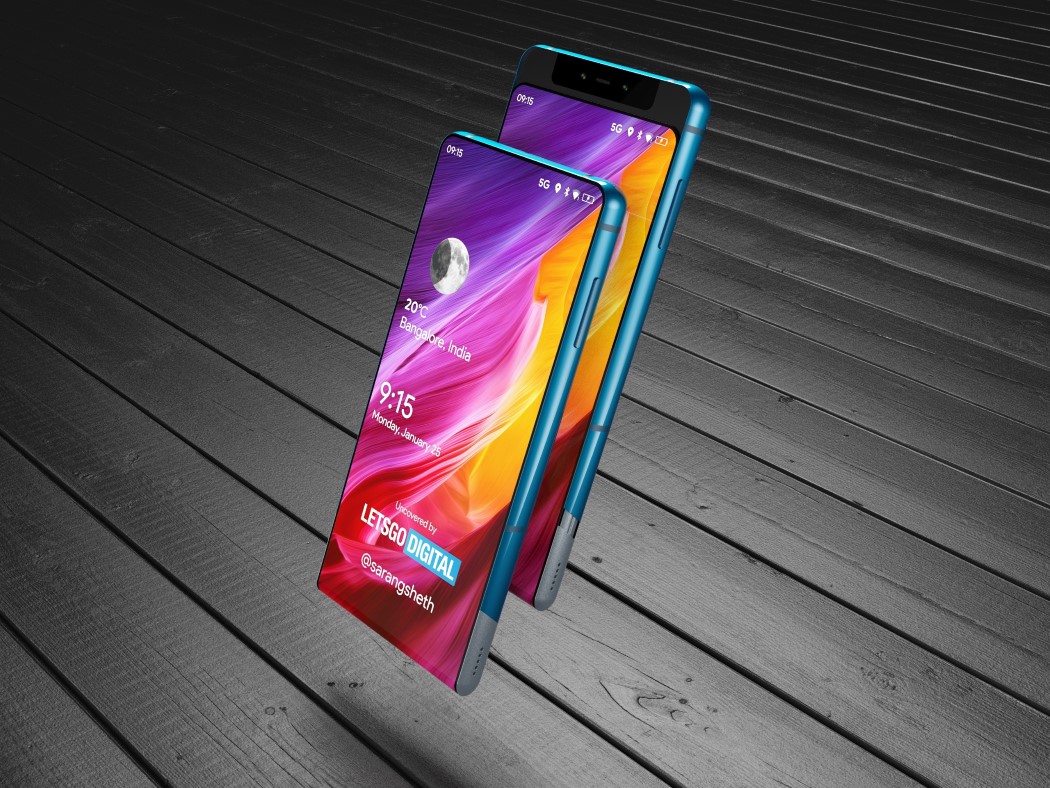
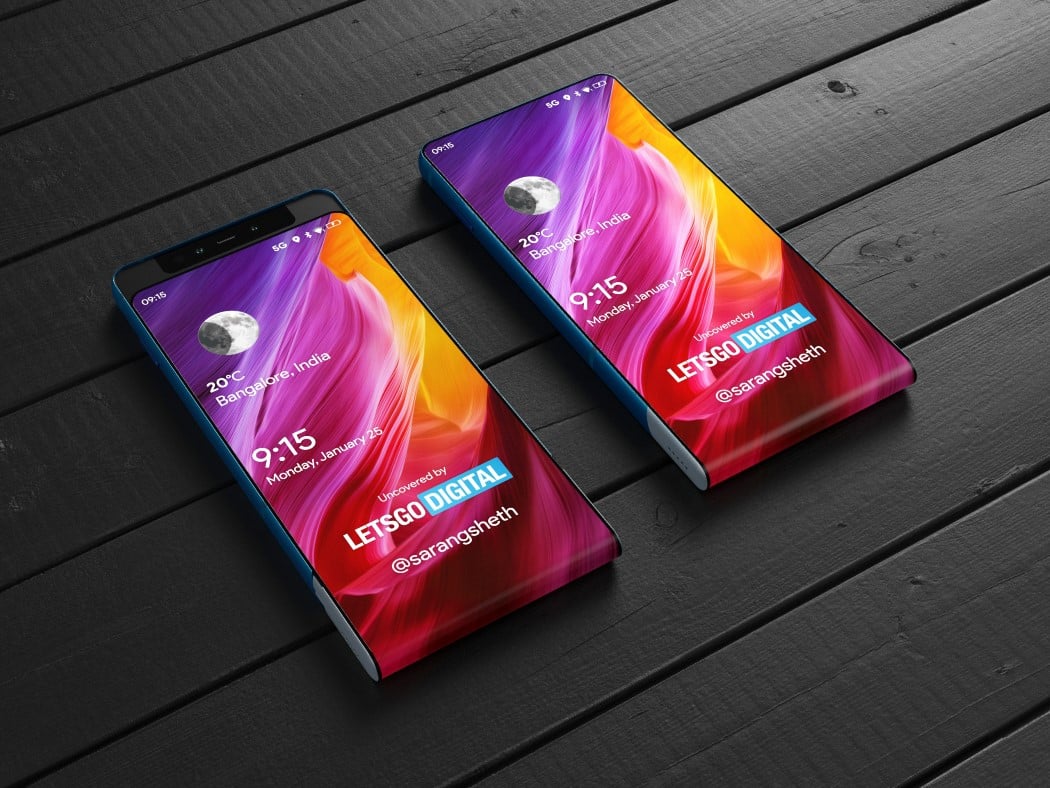
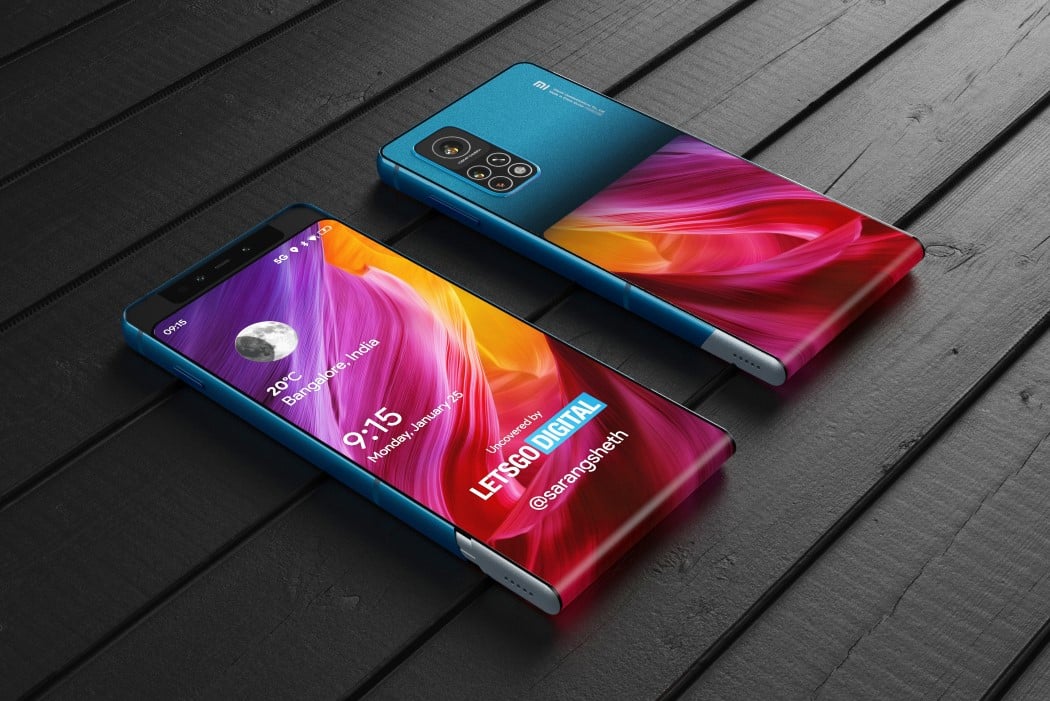

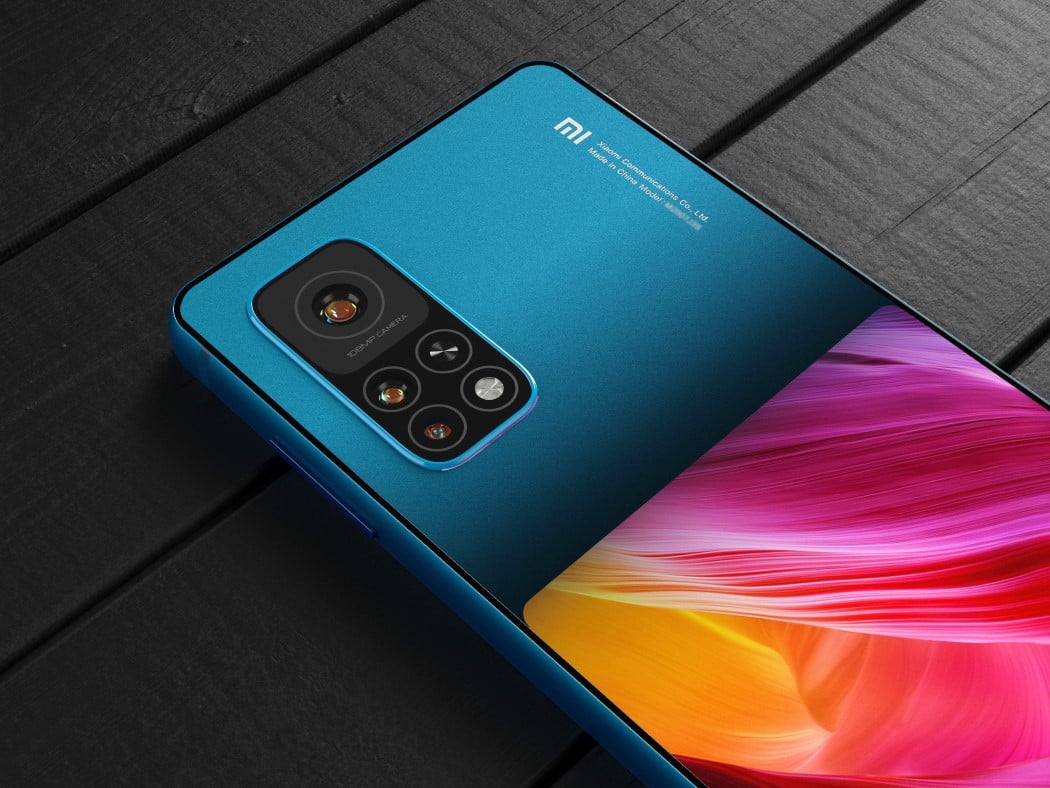
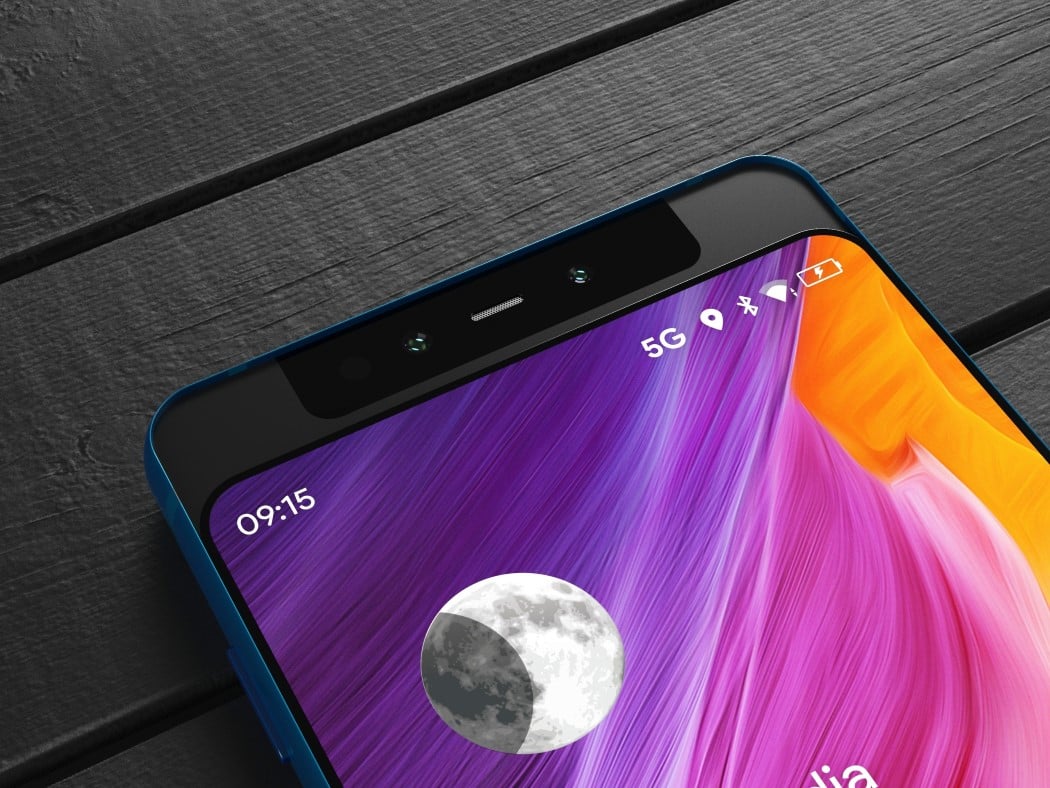
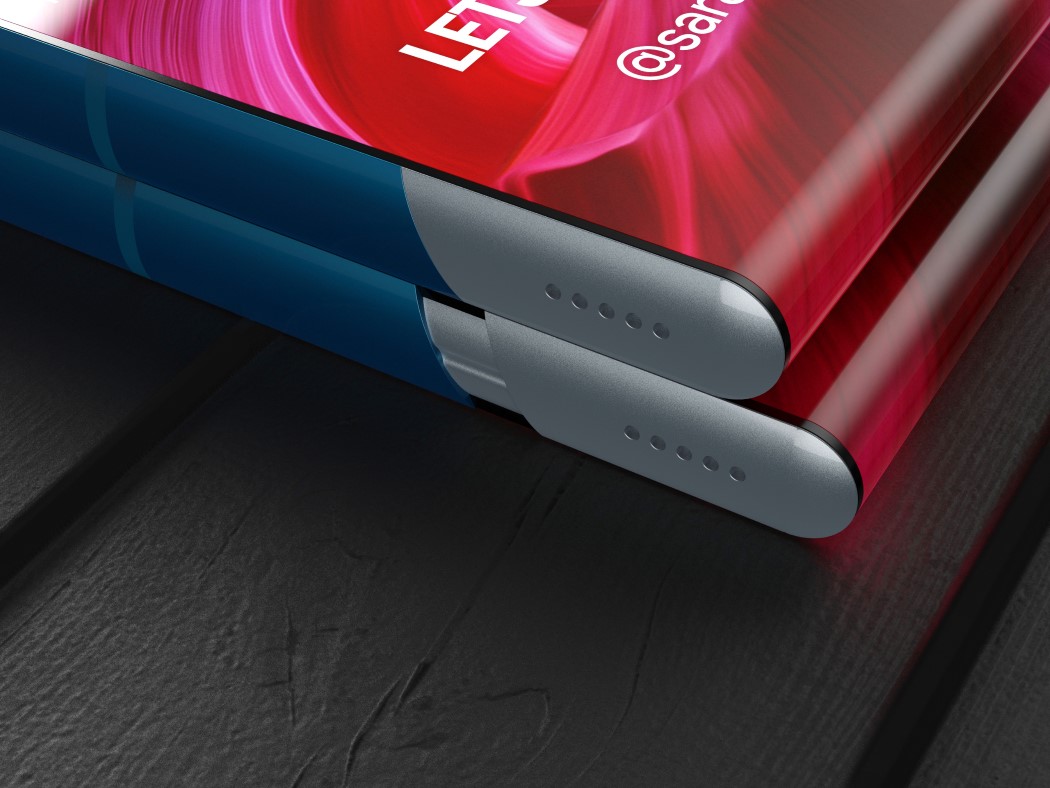
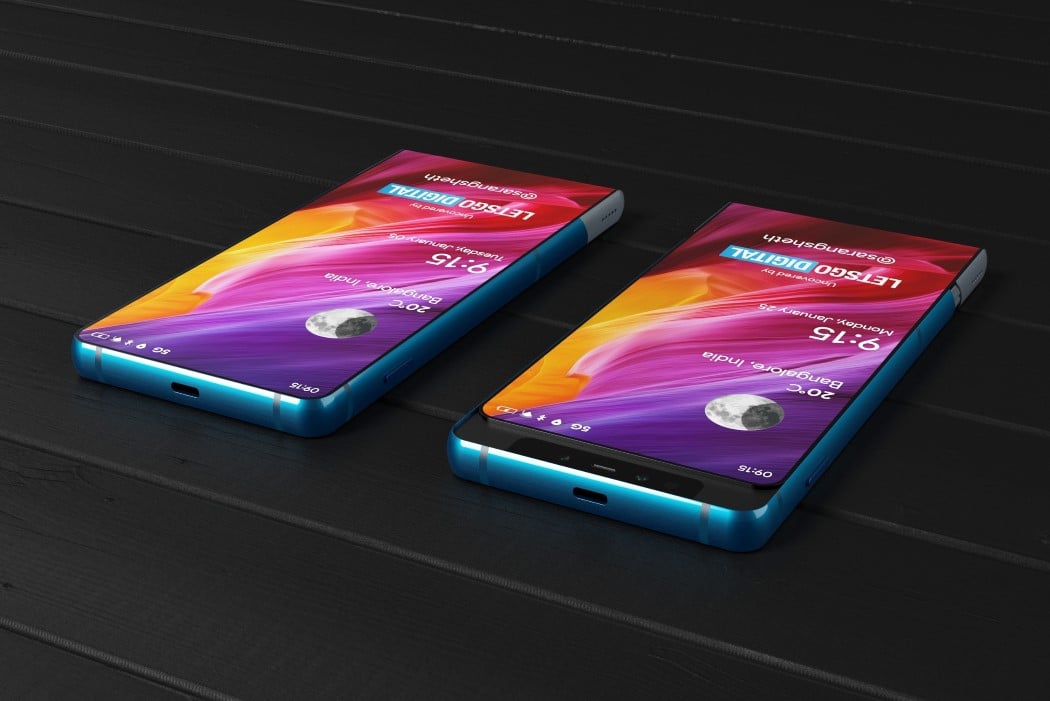
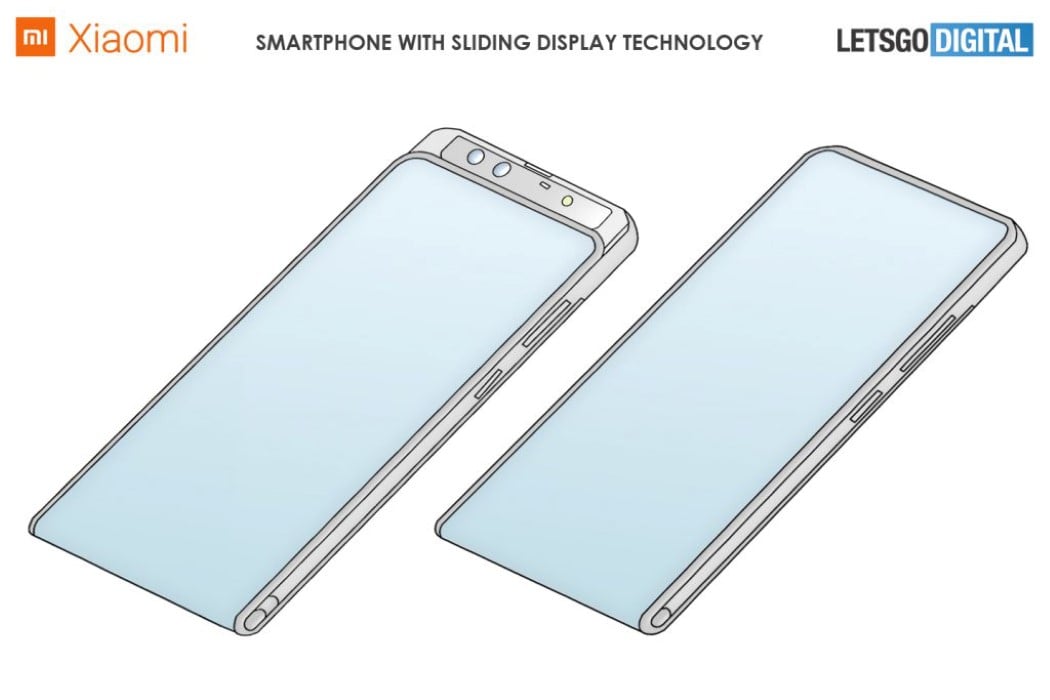
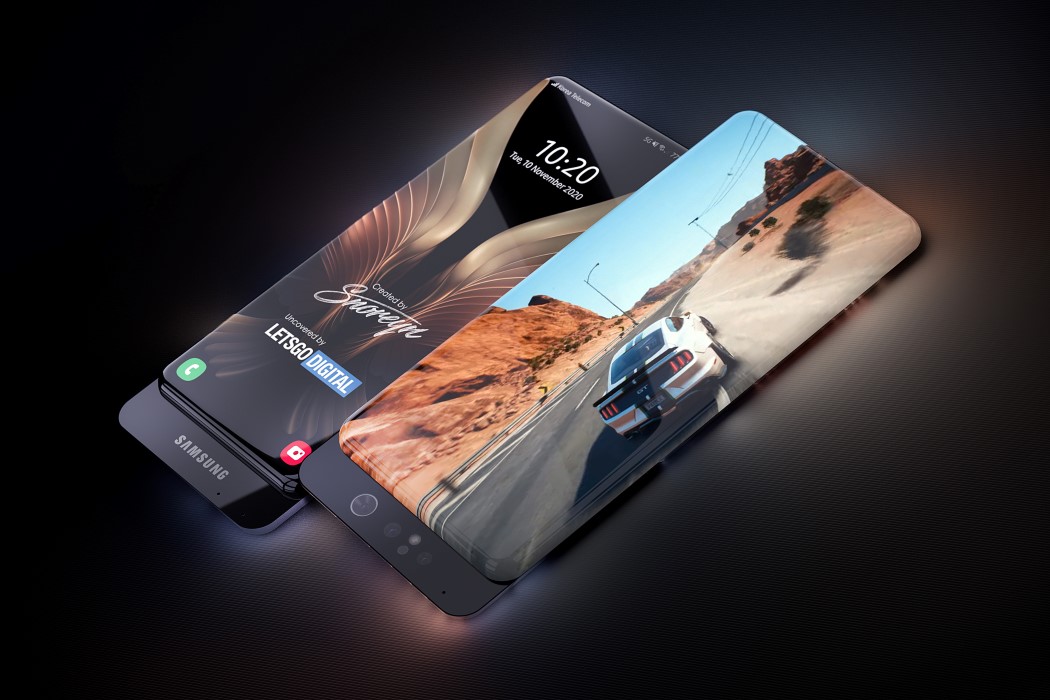
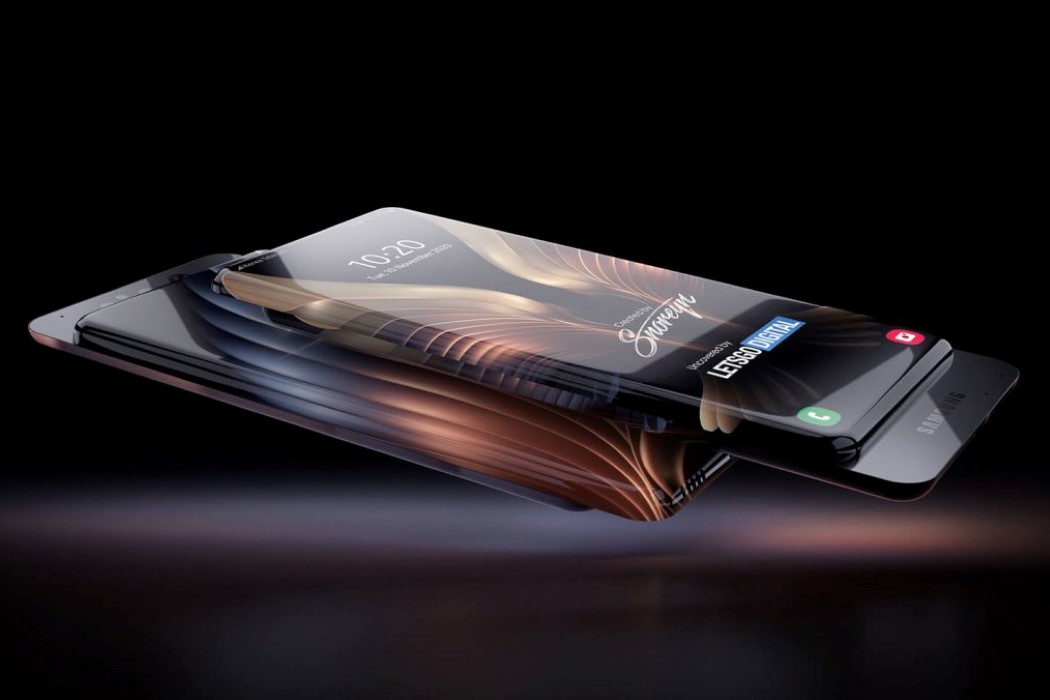
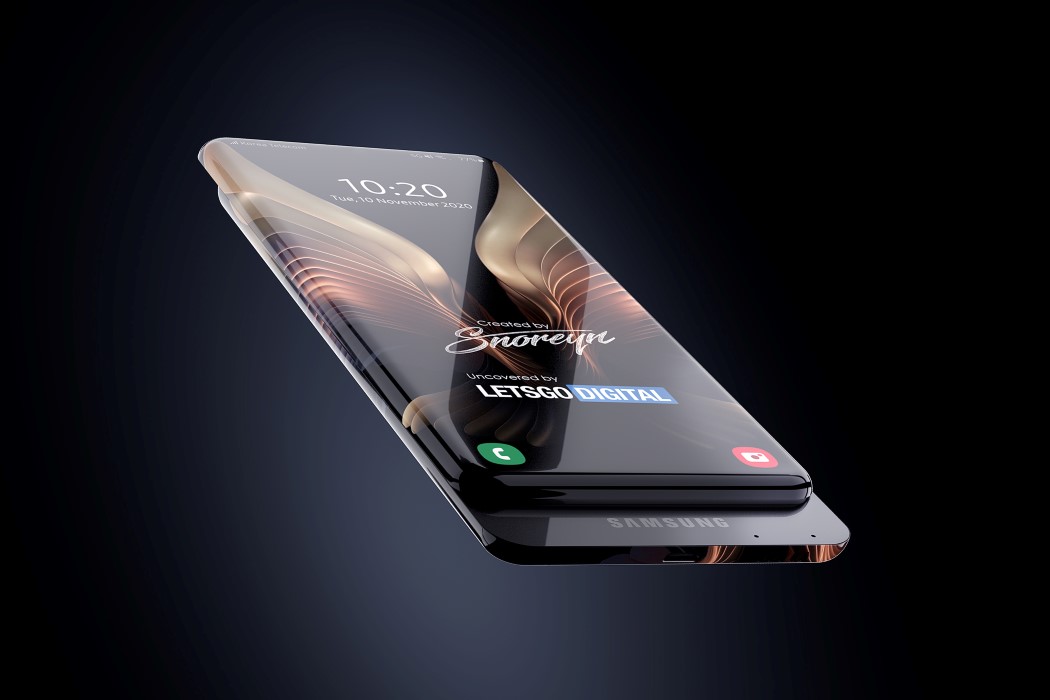
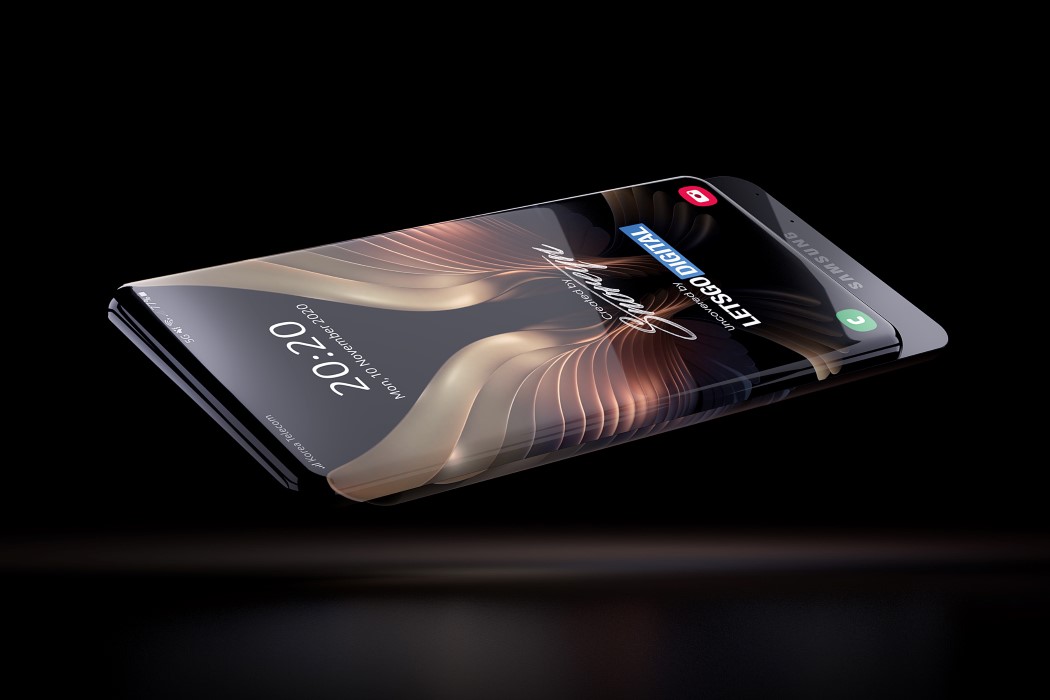
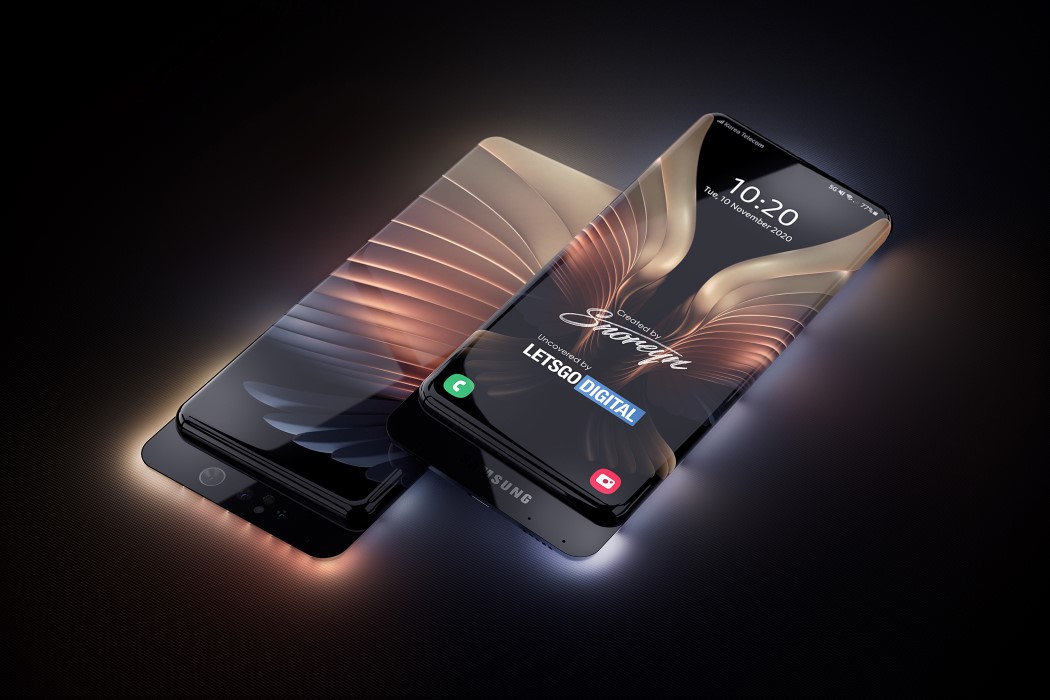
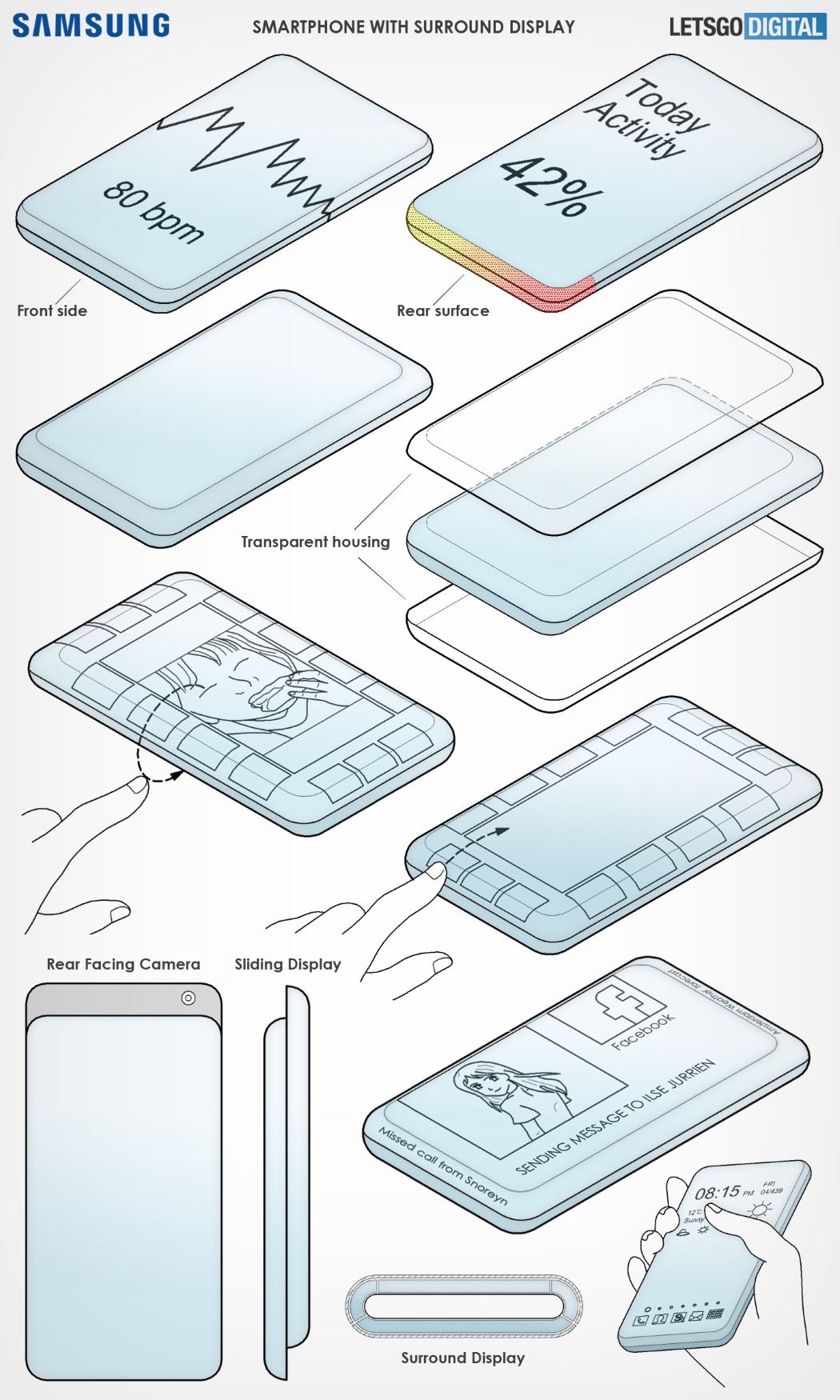
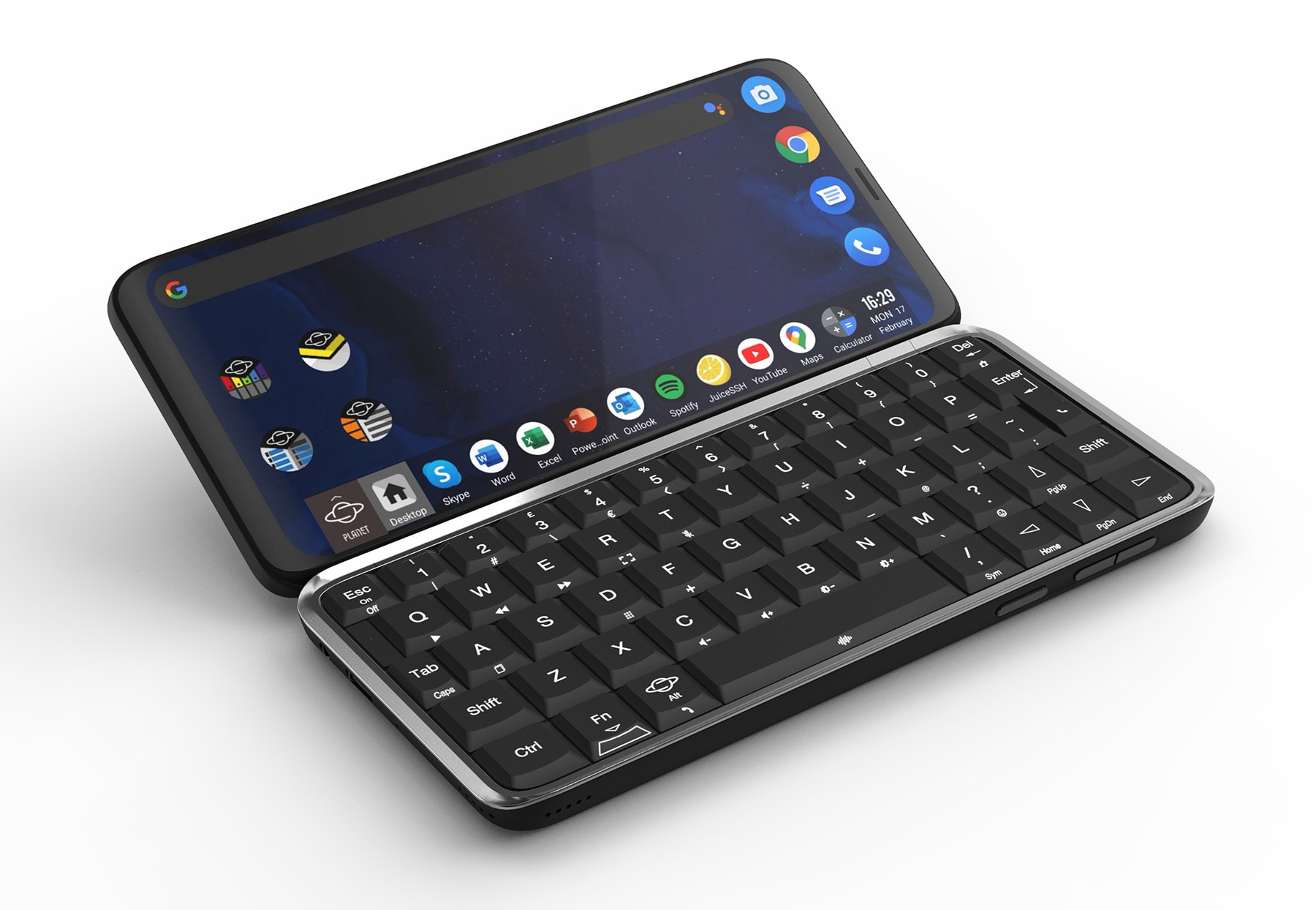 Planet Computers is continuing to build very unique physical keyboard smartphones with the launch of its latest flagship, the crowdfunded Astro Slide. It's a phone with surprisingly robust specs, but the key trick is that it can be used either as a s...
Planet Computers is continuing to build very unique physical keyboard smartphones with the launch of its latest flagship, the crowdfunded Astro Slide. It's a phone with surprisingly robust specs, but the key trick is that it can be used either as a s...
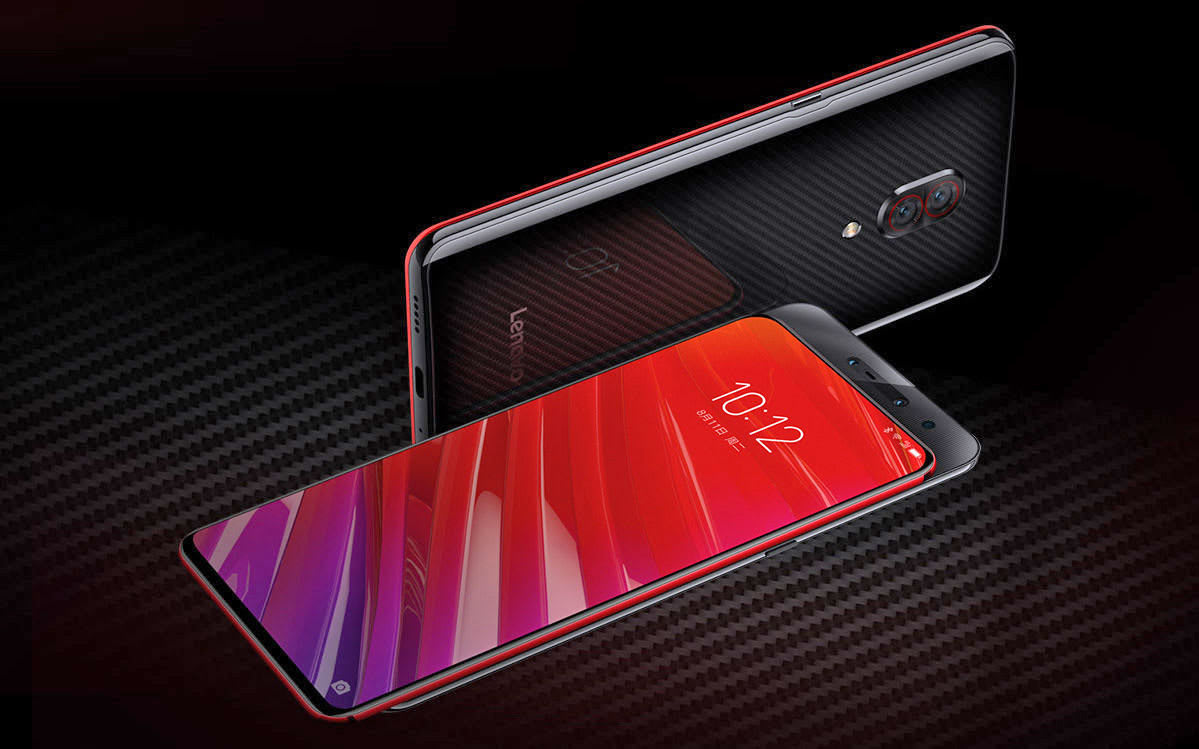 While Lenovo continues to push the Motorola brand in the West, it's also been busy doing its own thing back in China. Just last month, the company brought us the Z5 Pro all-screen slider phone which, to our surprise, packed mid-tier specs to woo the...
While Lenovo continues to push the Motorola brand in the West, it's also been busy doing its own thing back in China. Just last month, the company brought us the Z5 Pro all-screen slider phone which, to our surprise, packed mid-tier specs to woo the...
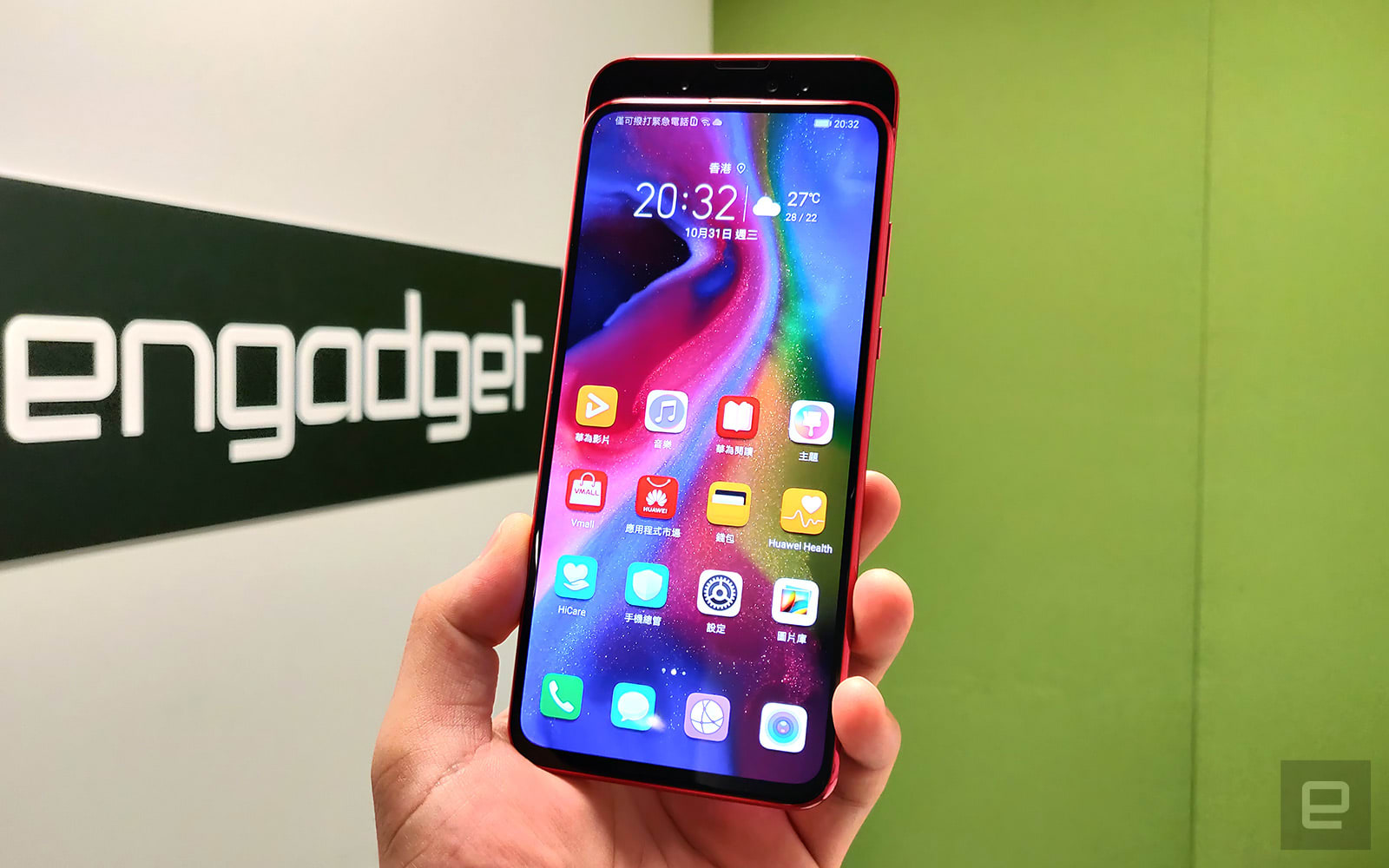 Another day, another brand new all-screen Android phone from China. Merely days after the Xiaomi Mi Mix 3 and hours after the Nubia X, today's official unveiling of the Honor Magic 2 brings little surprise given its recent viral campaign. Still, ther...
Another day, another brand new all-screen Android phone from China. Merely days after the Xiaomi Mi Mix 3 and hours after the Nubia X, today's official unveiling of the Honor Magic 2 brings little surprise given its recent viral campaign. Still, ther...
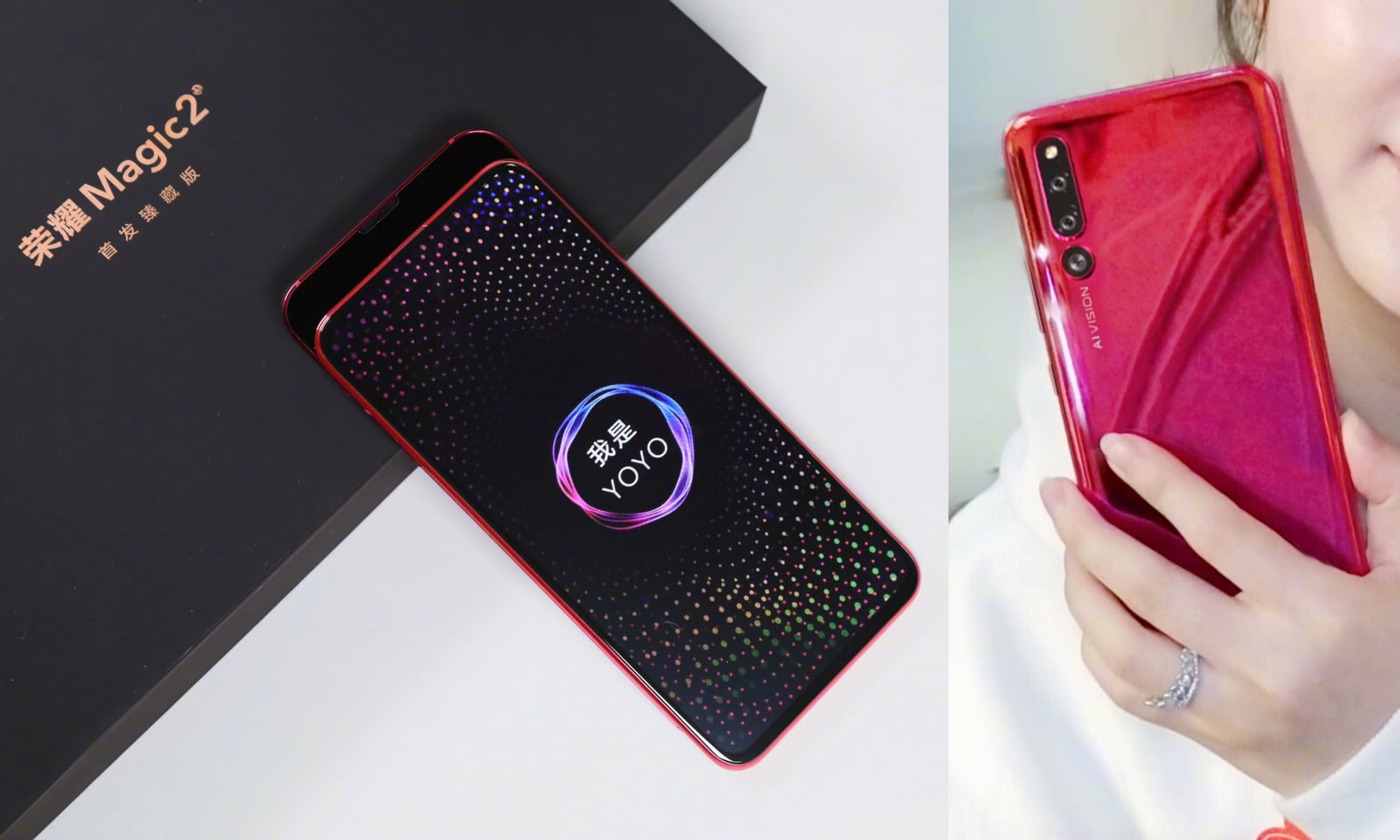 While the notch has become an unfortunate trend in the smartphone market, Vivo and Oppo have shown the world how a proper all-screen design should be done -- by stuffing the front cameras into a motorized pop-up module. About two months later, Honor...
While the notch has become an unfortunate trend in the smartphone market, Vivo and Oppo have shown the world how a proper all-screen design should be done -- by stuffing the front cameras into a motorized pop-up module. About two months later, Honor...